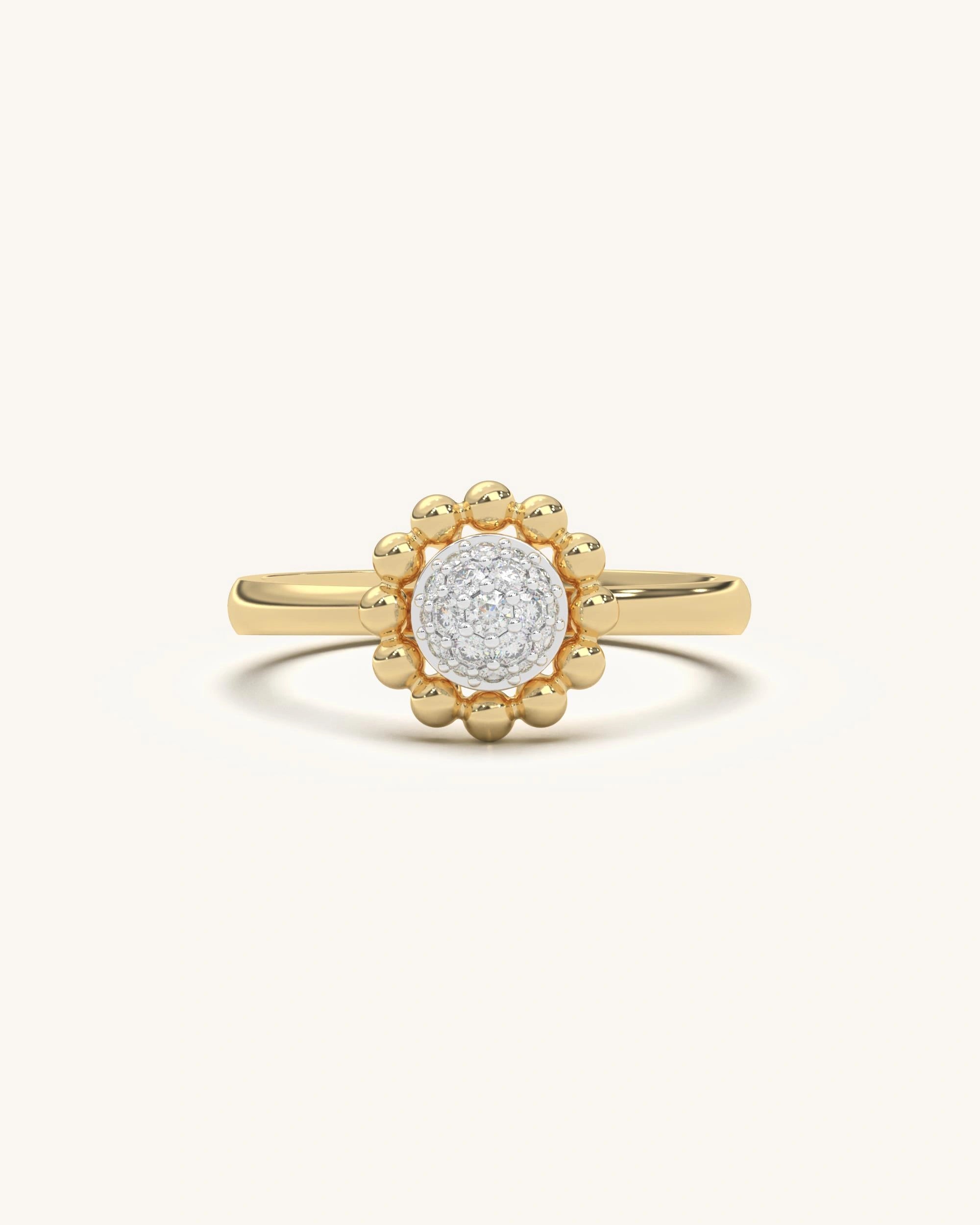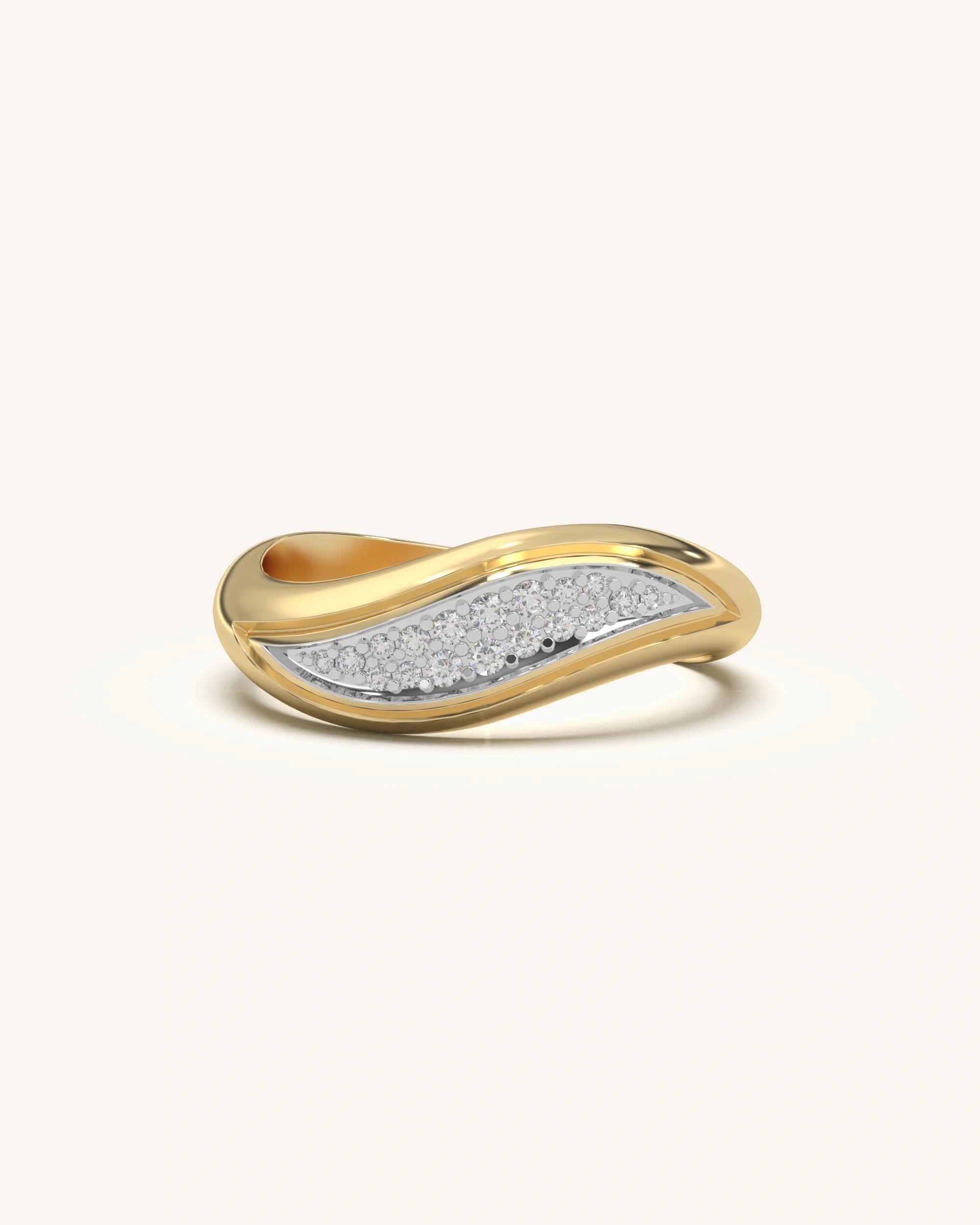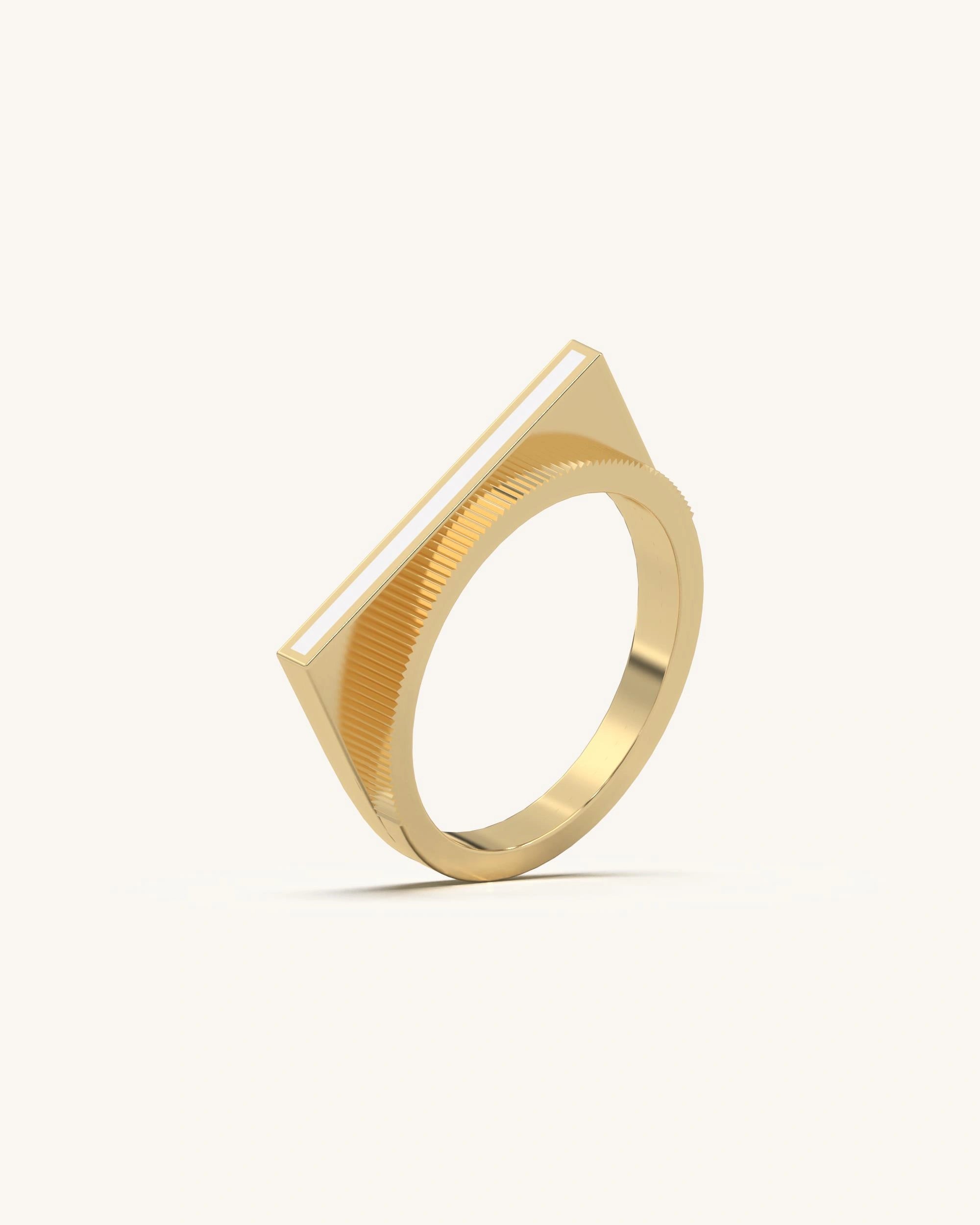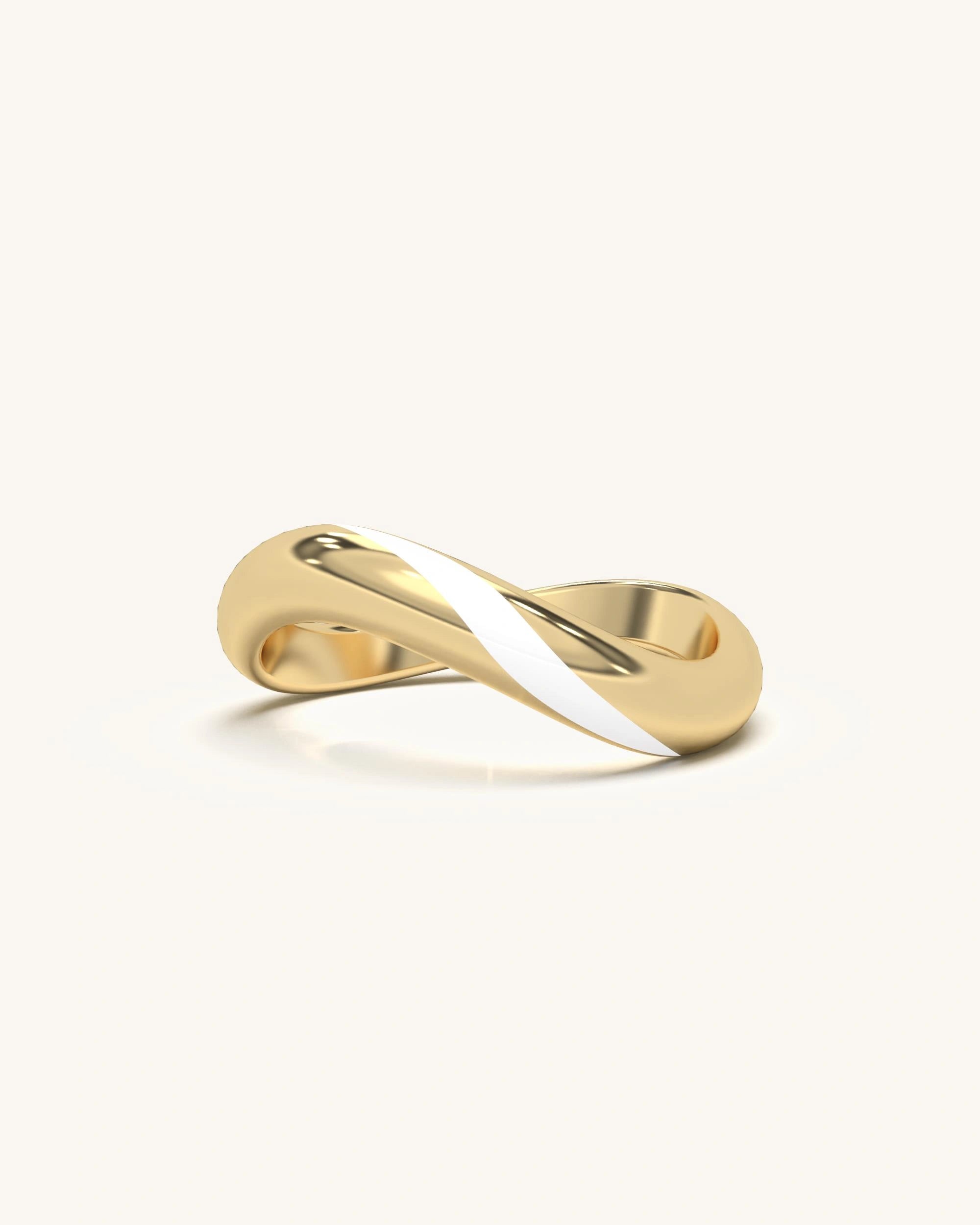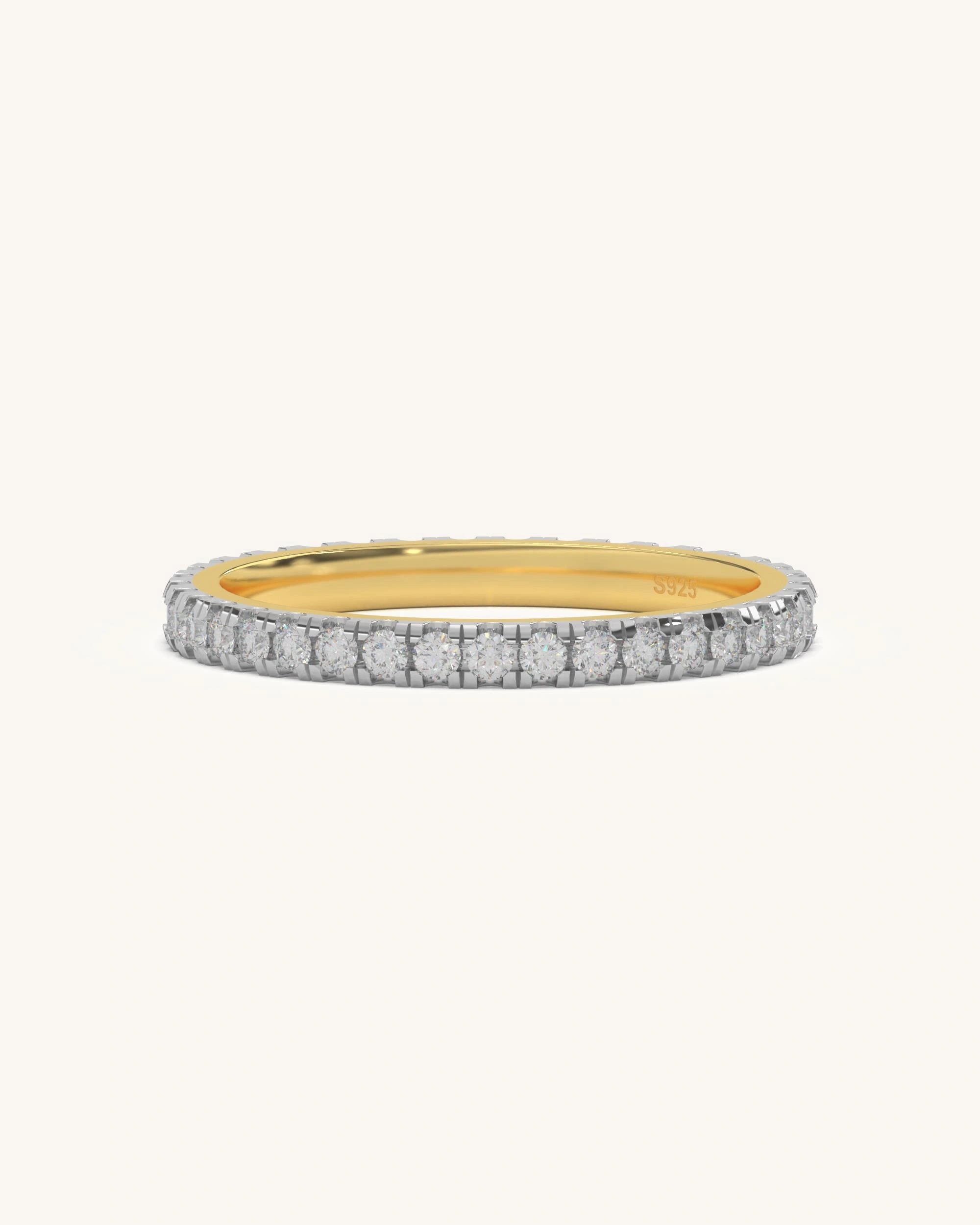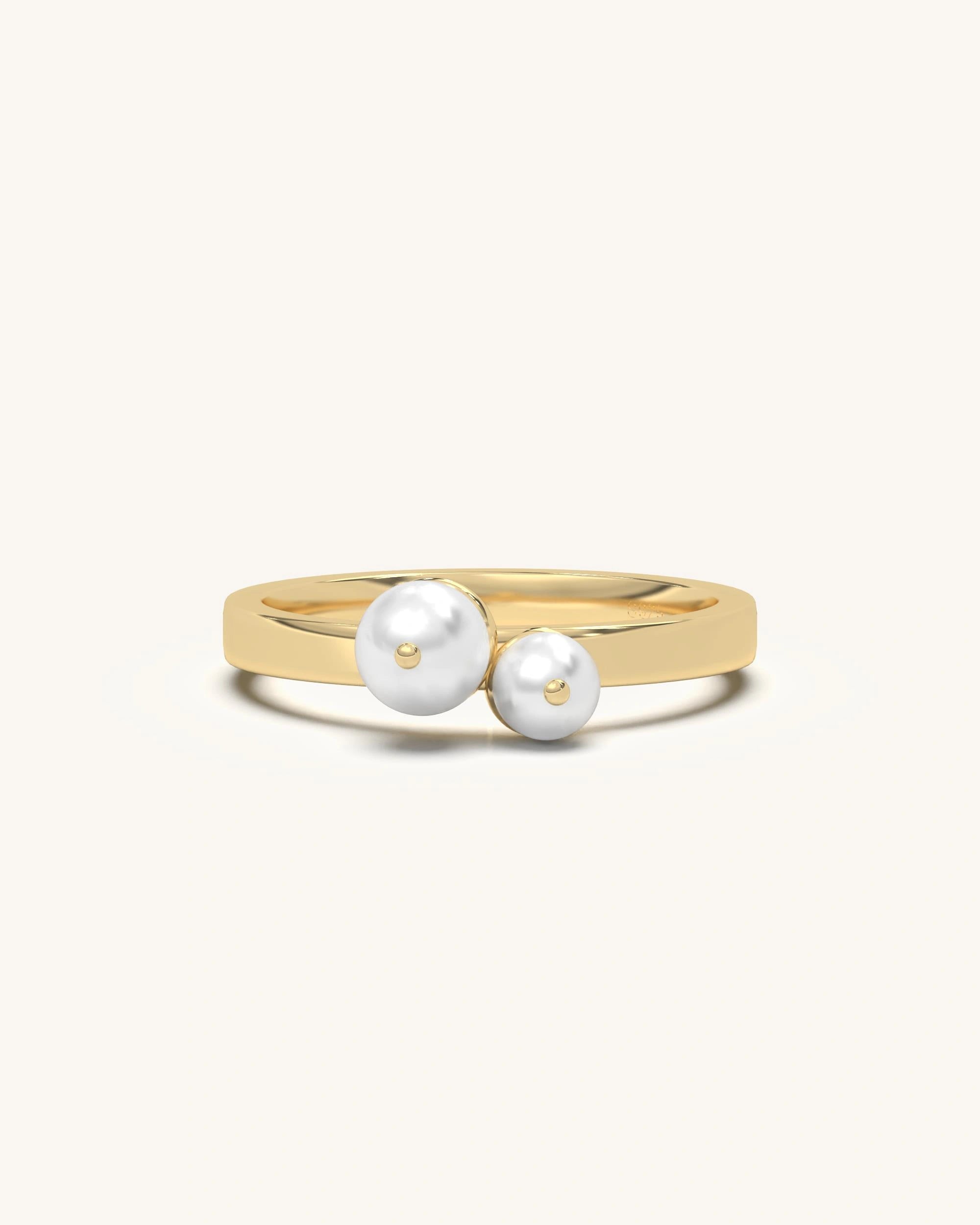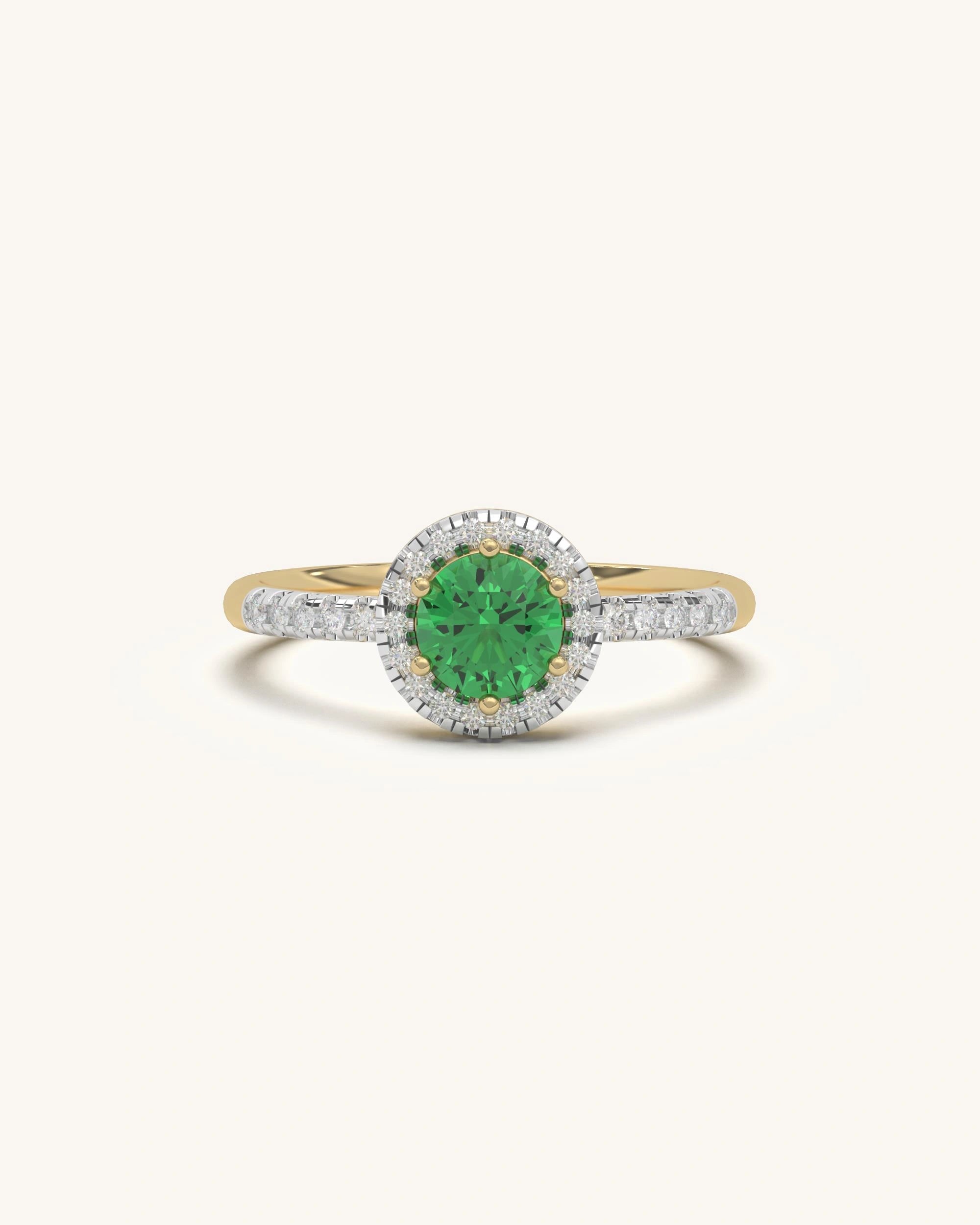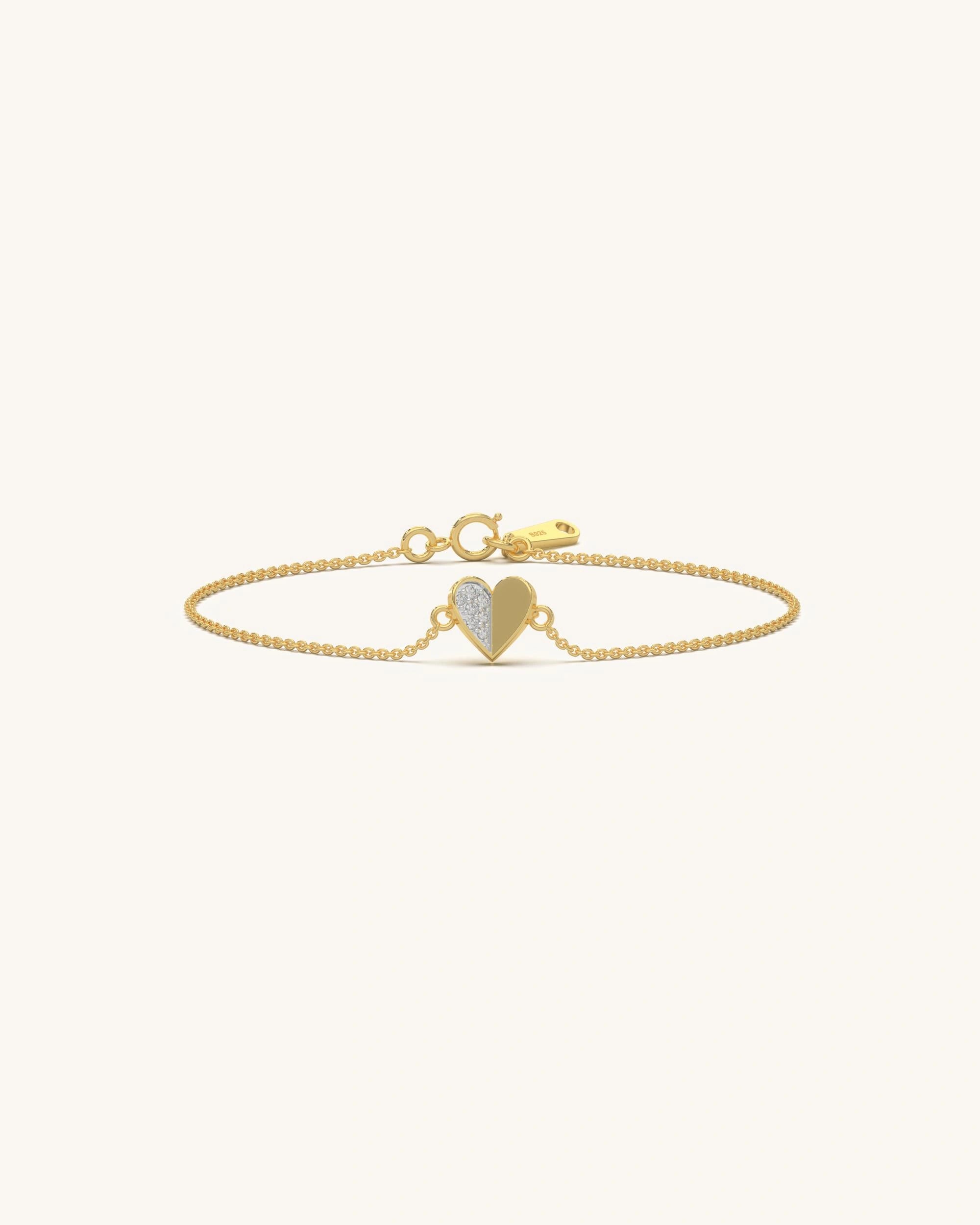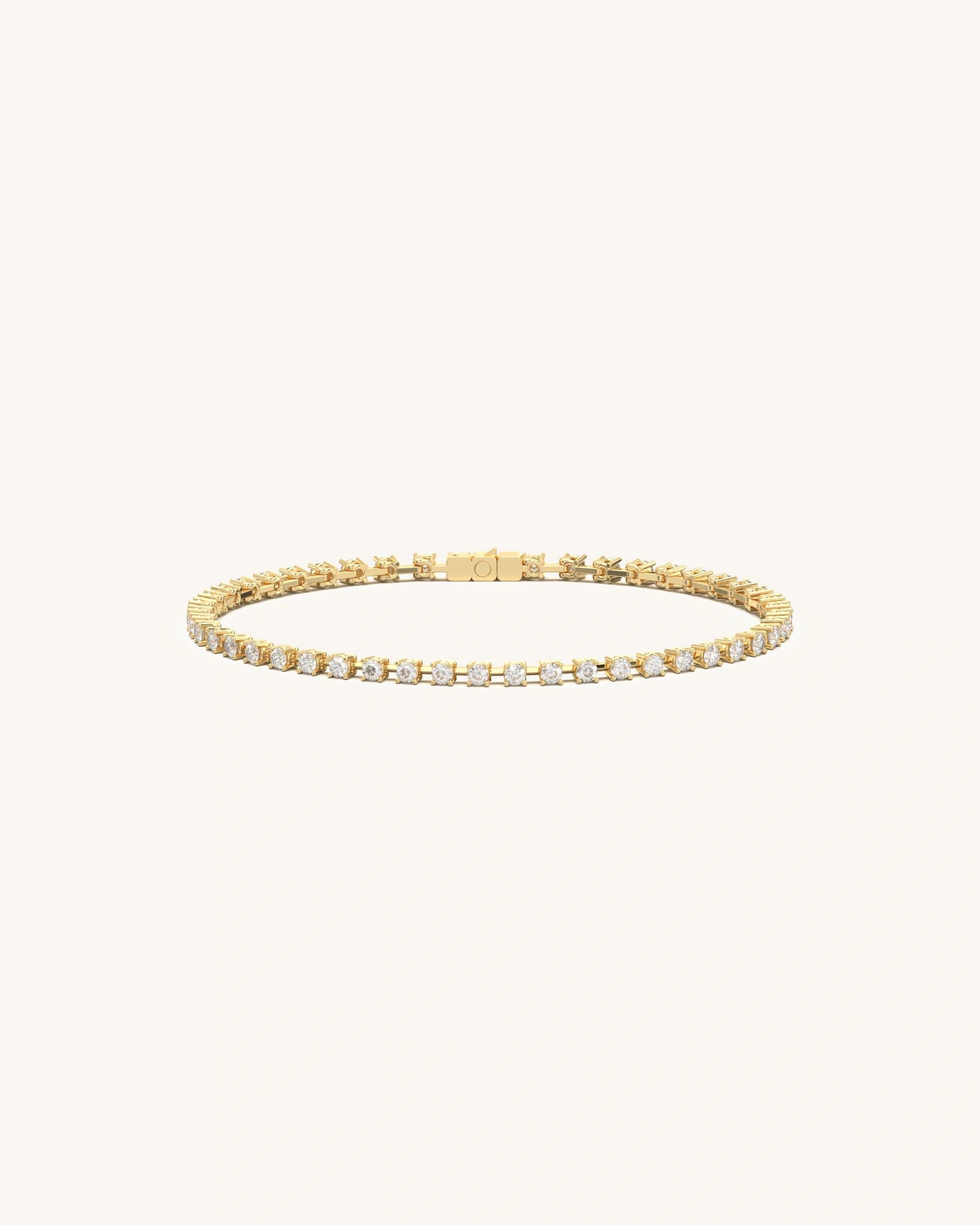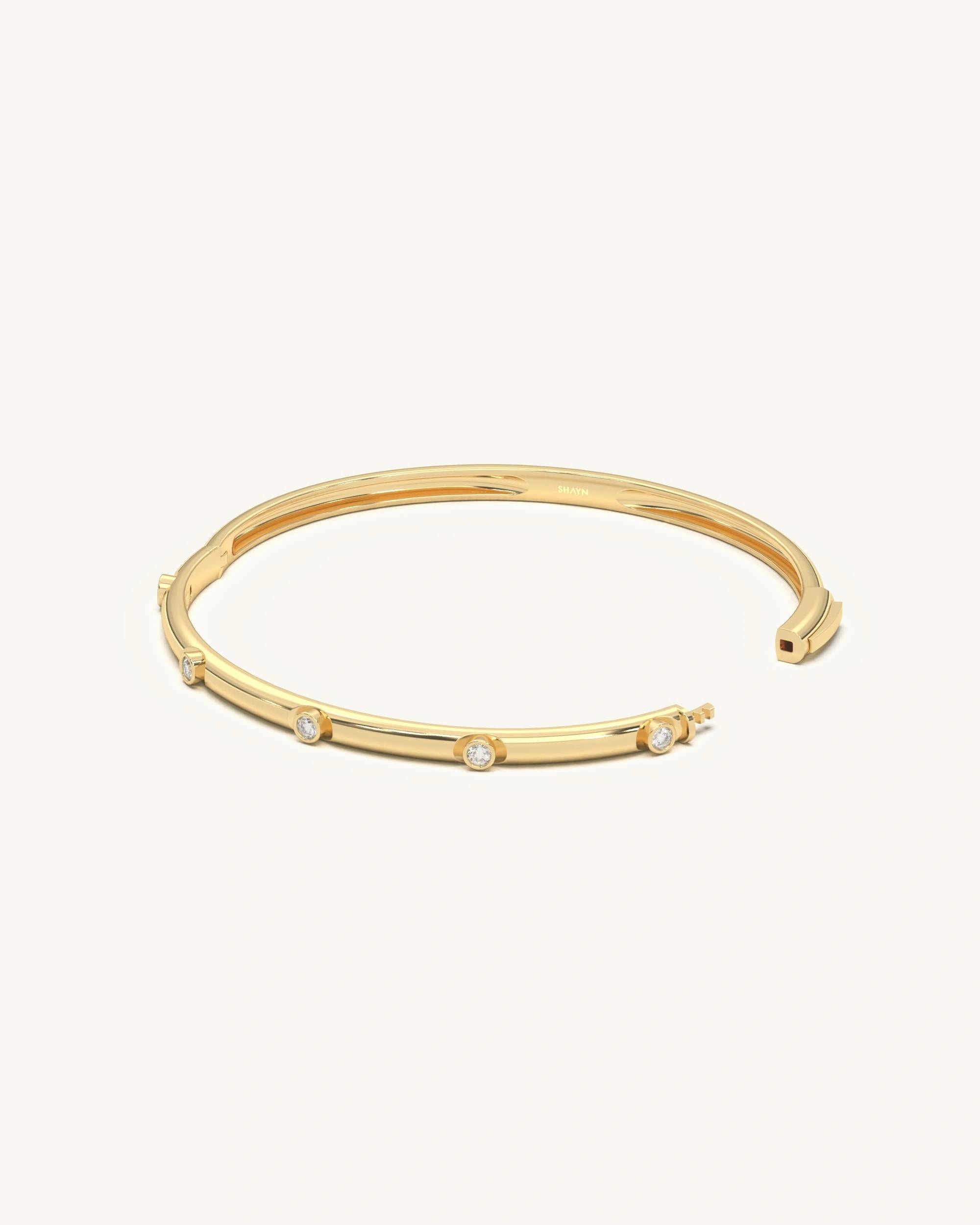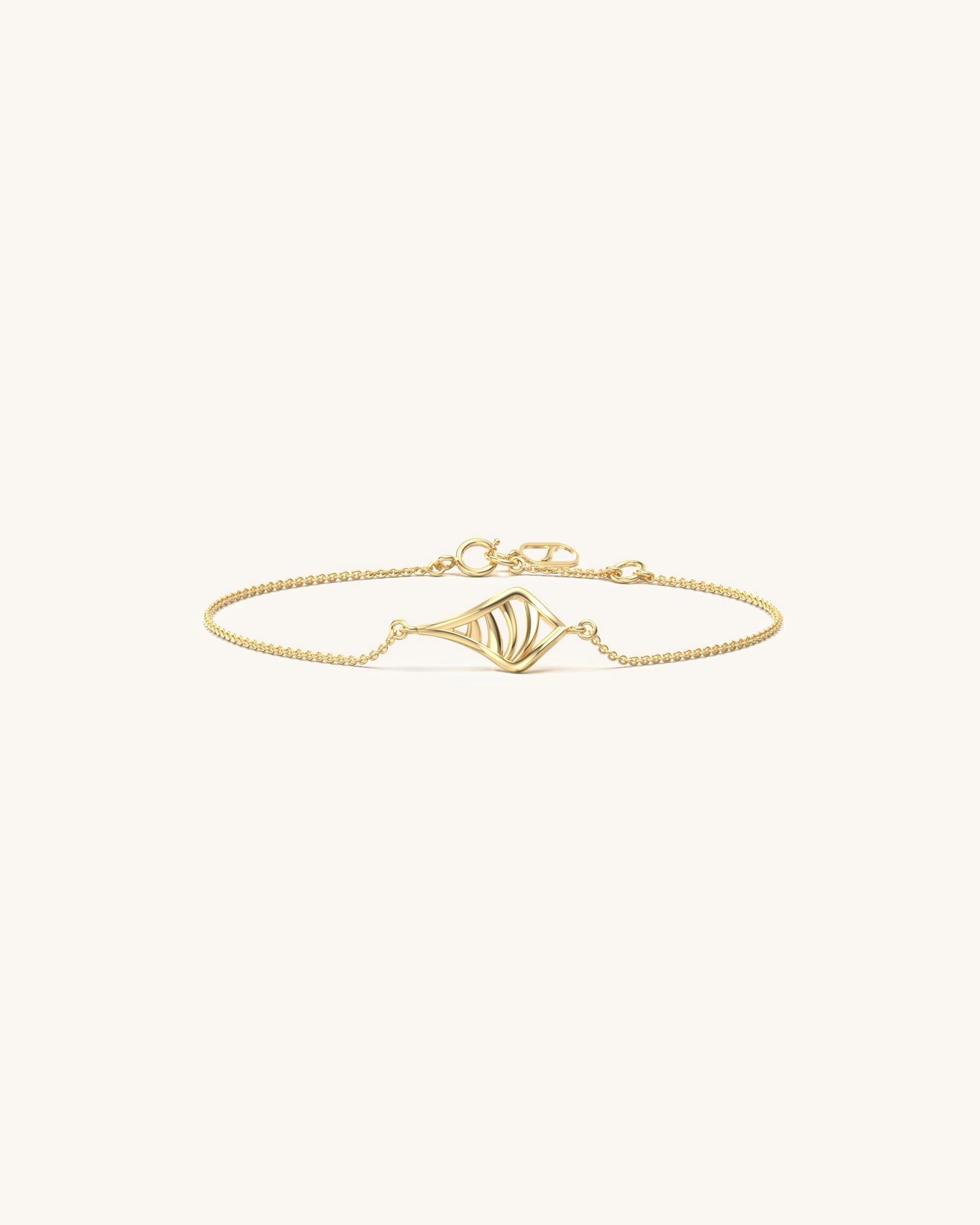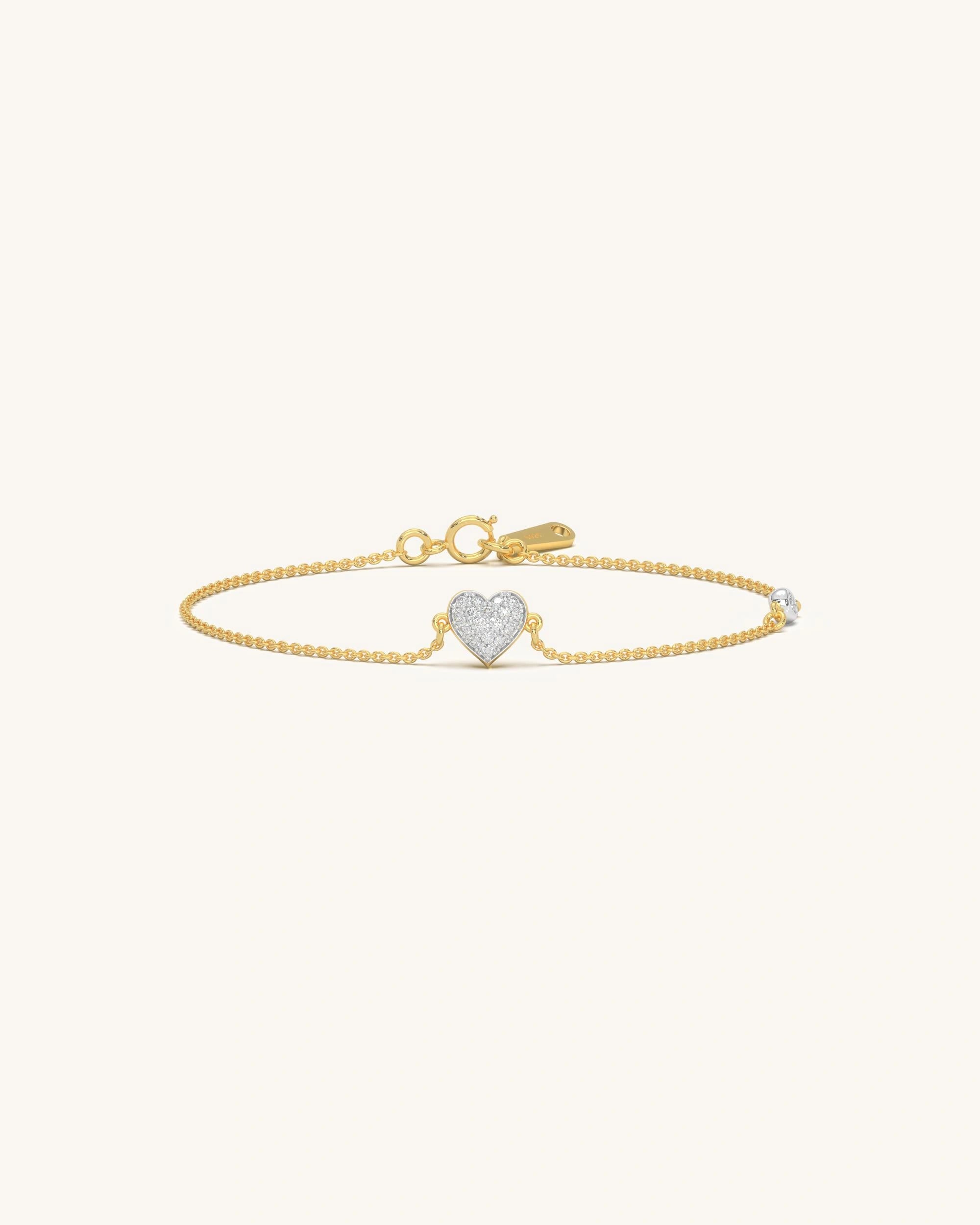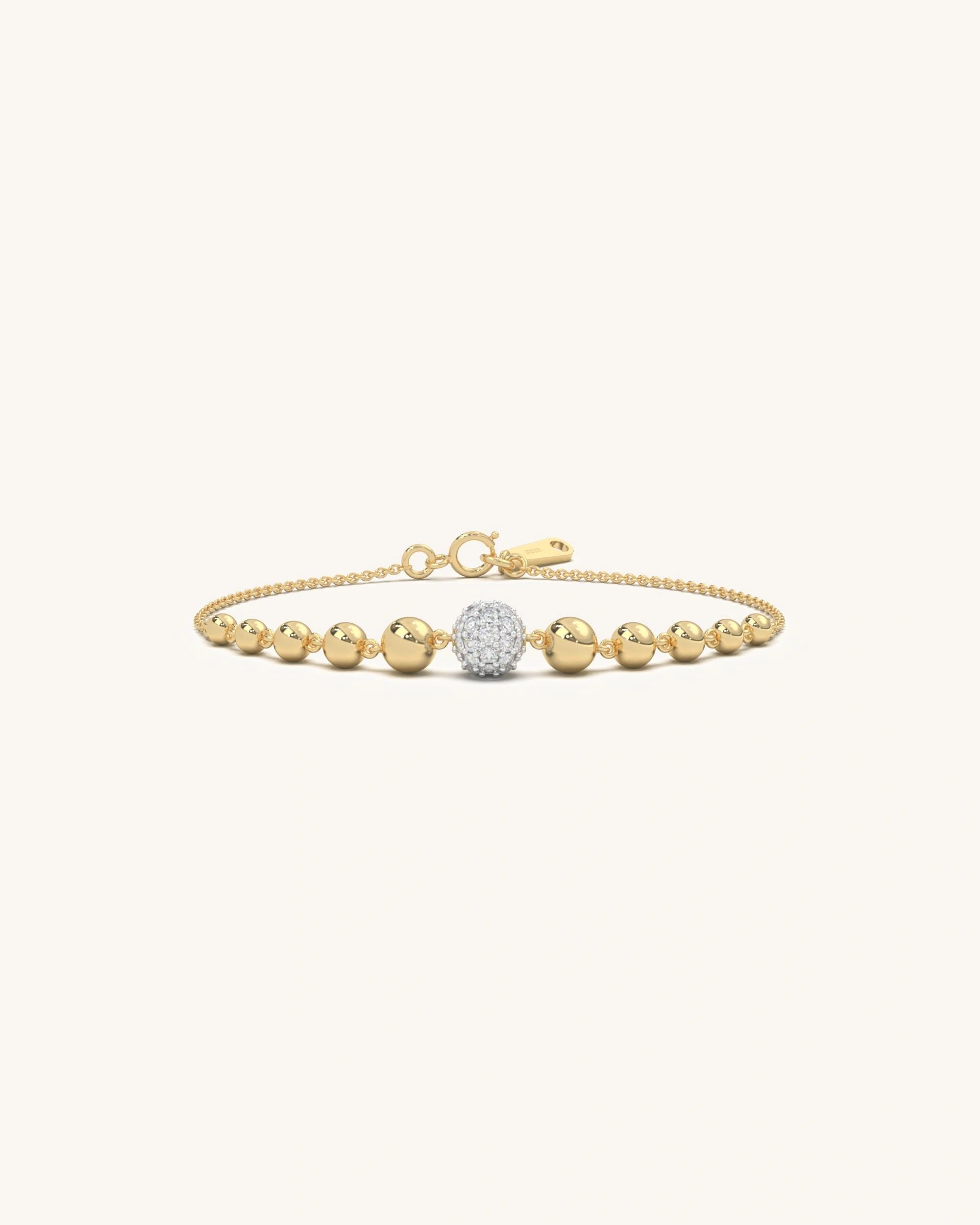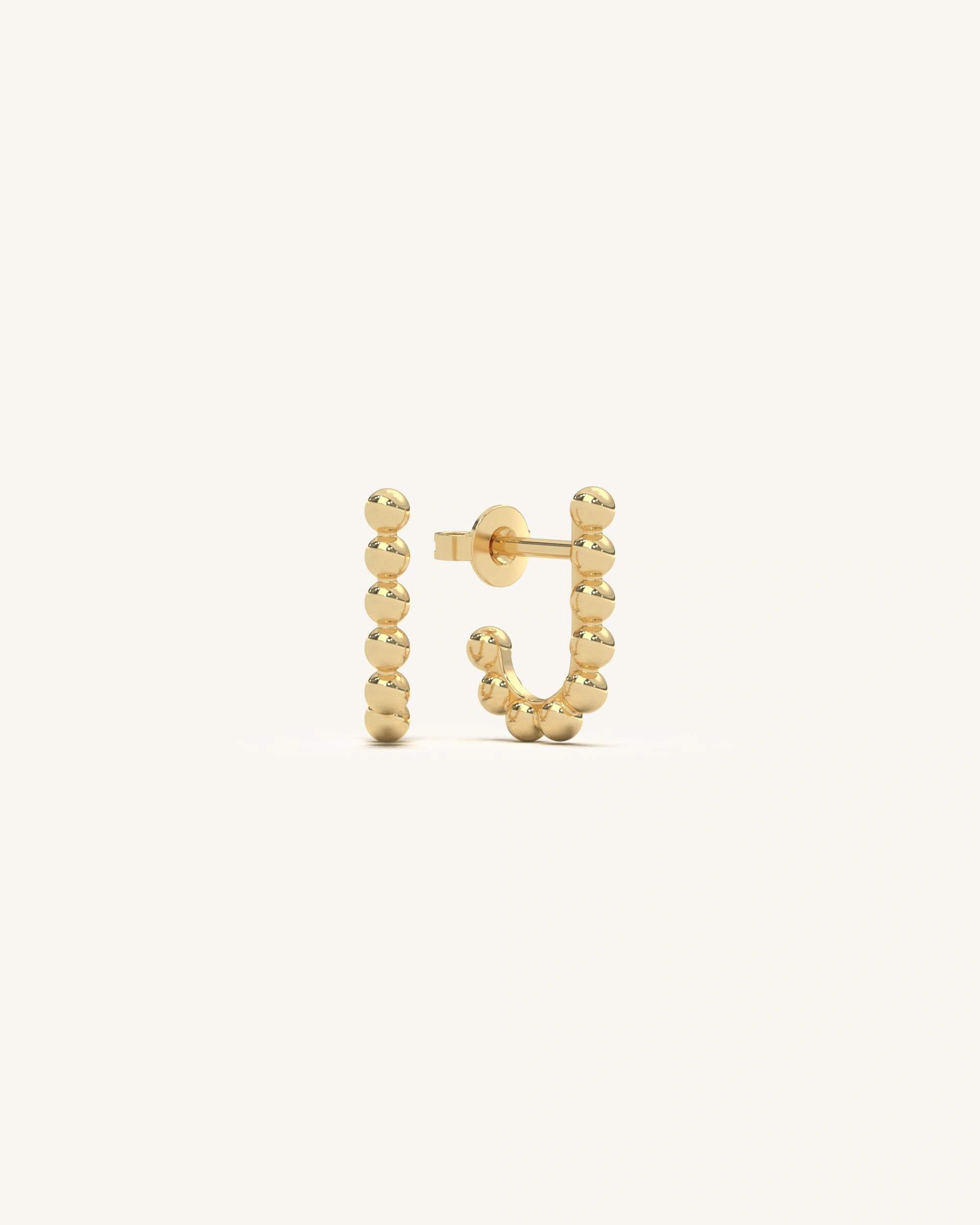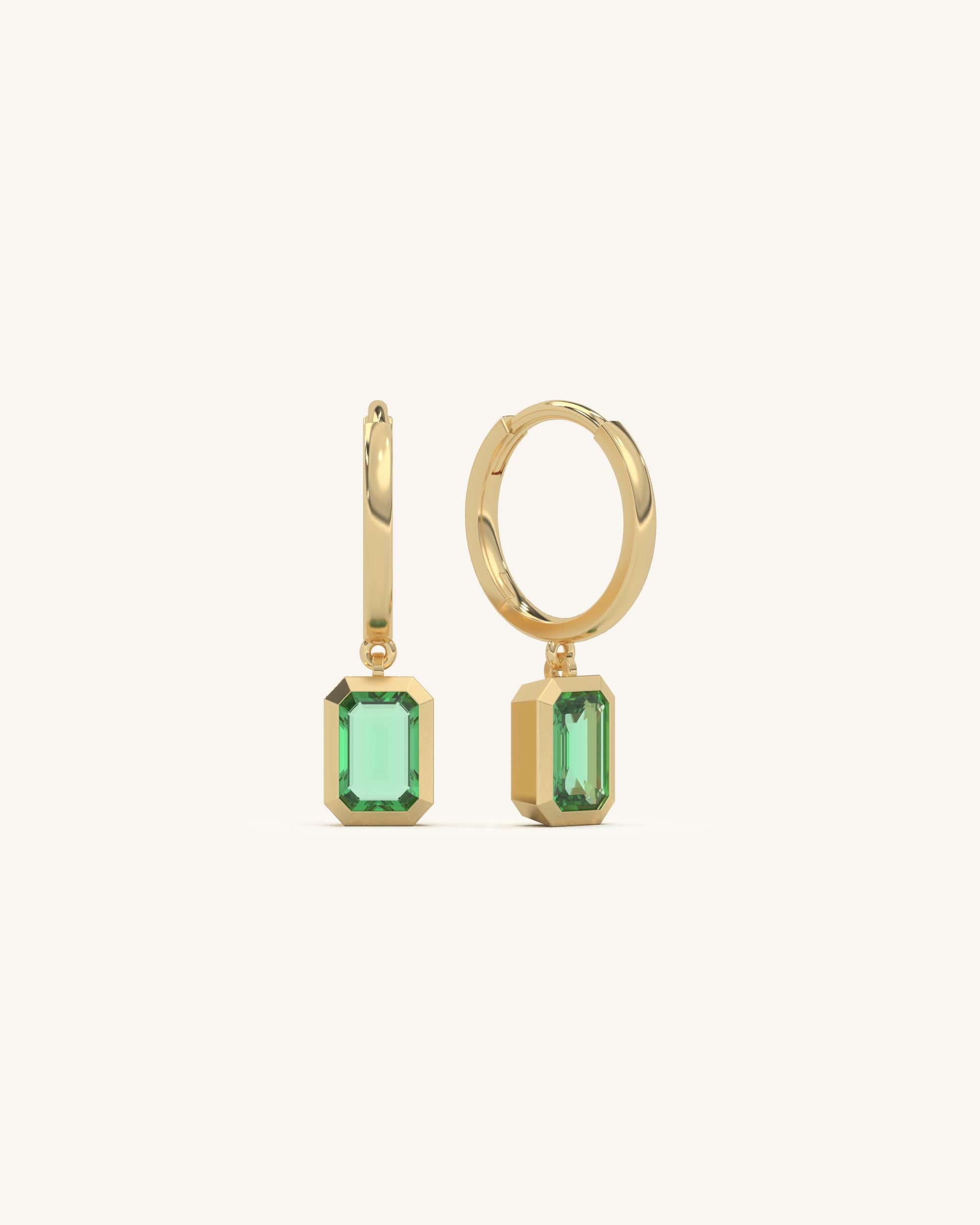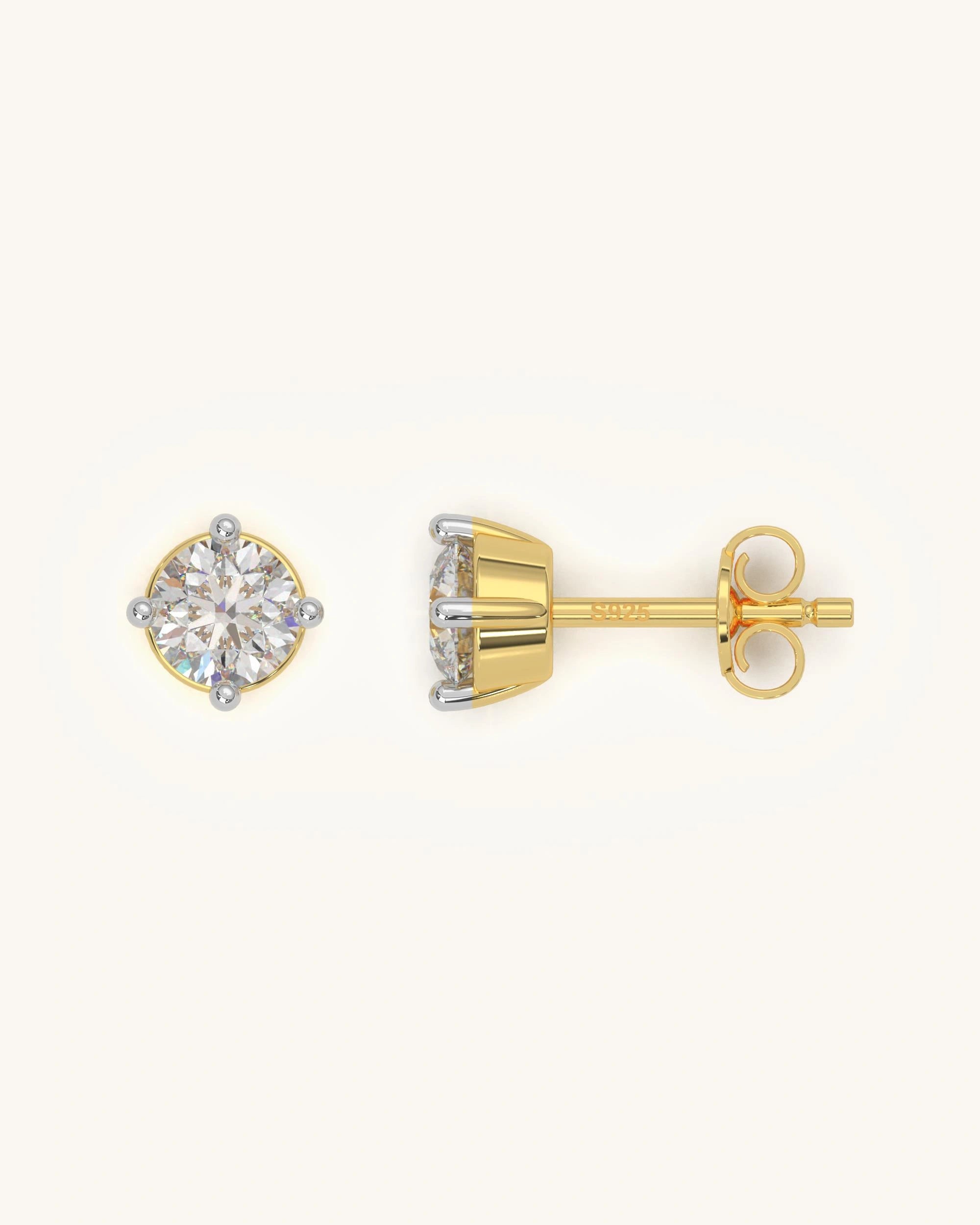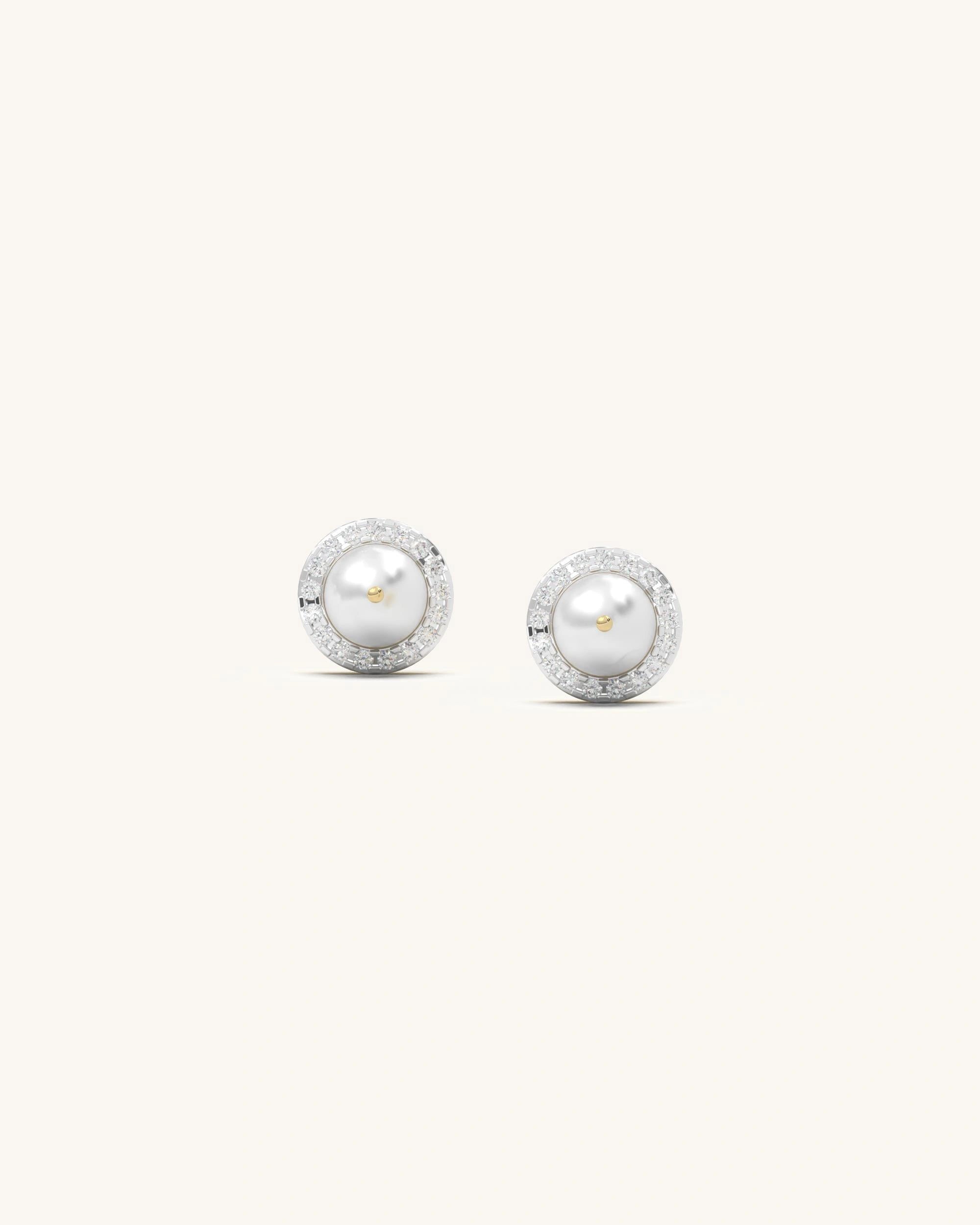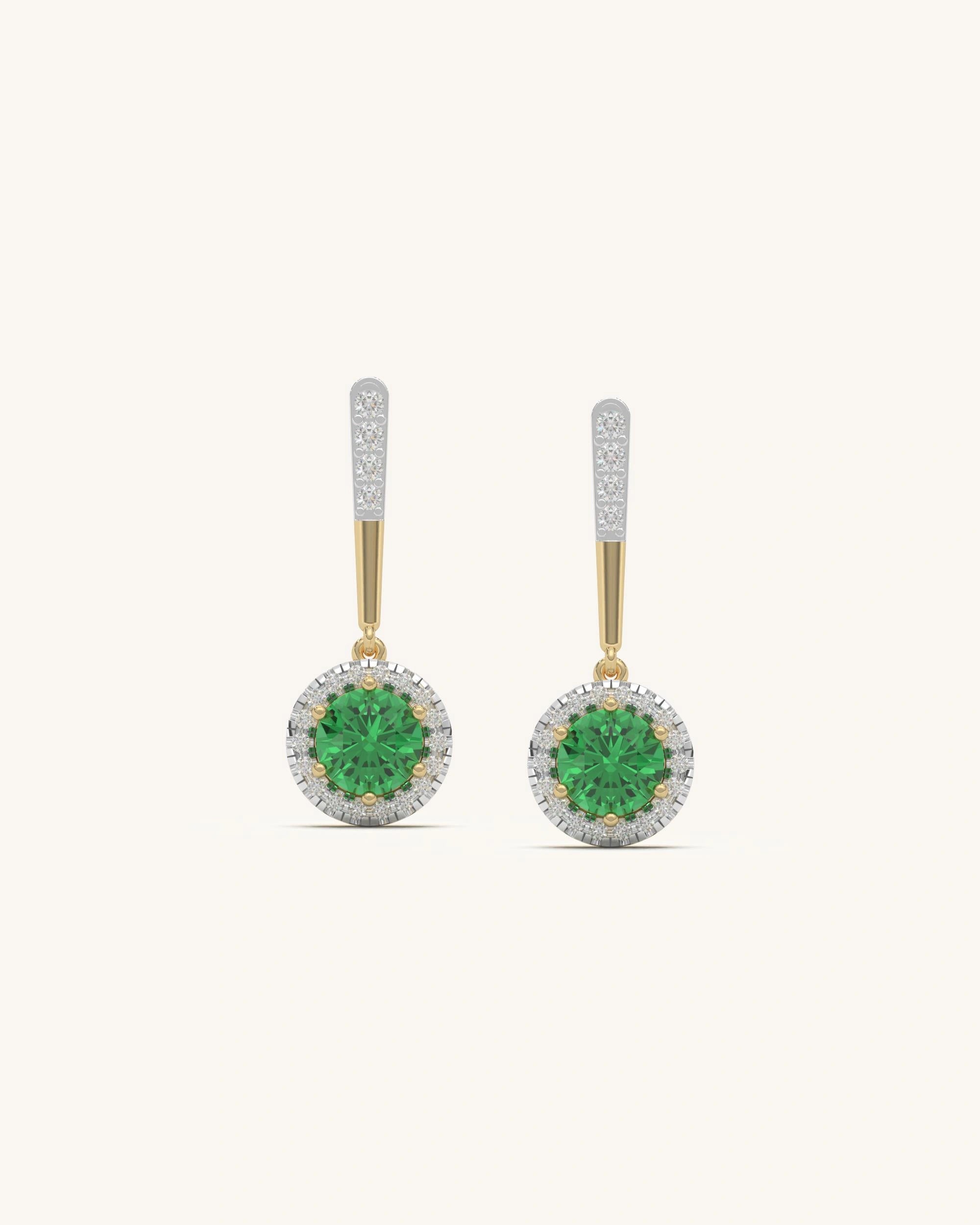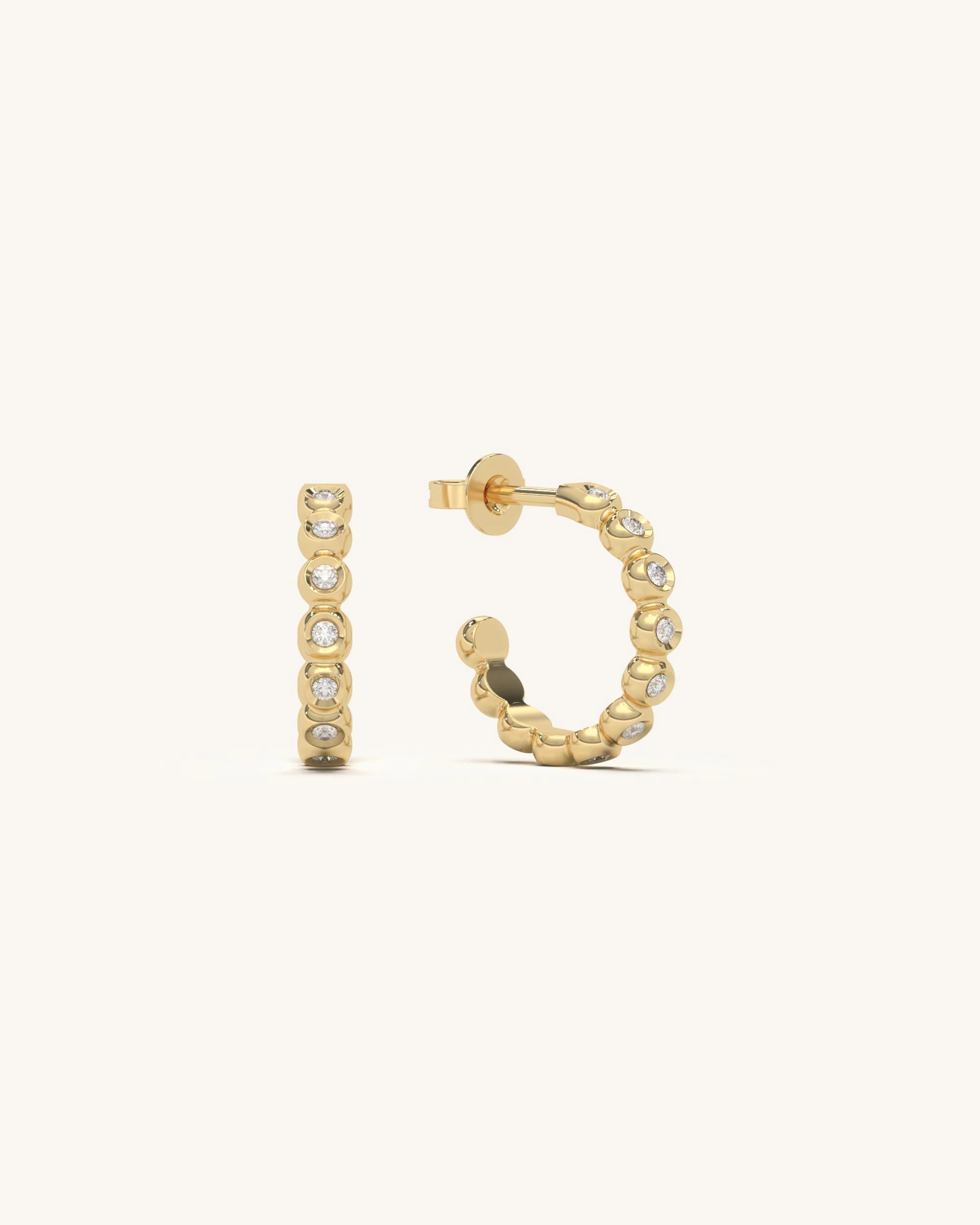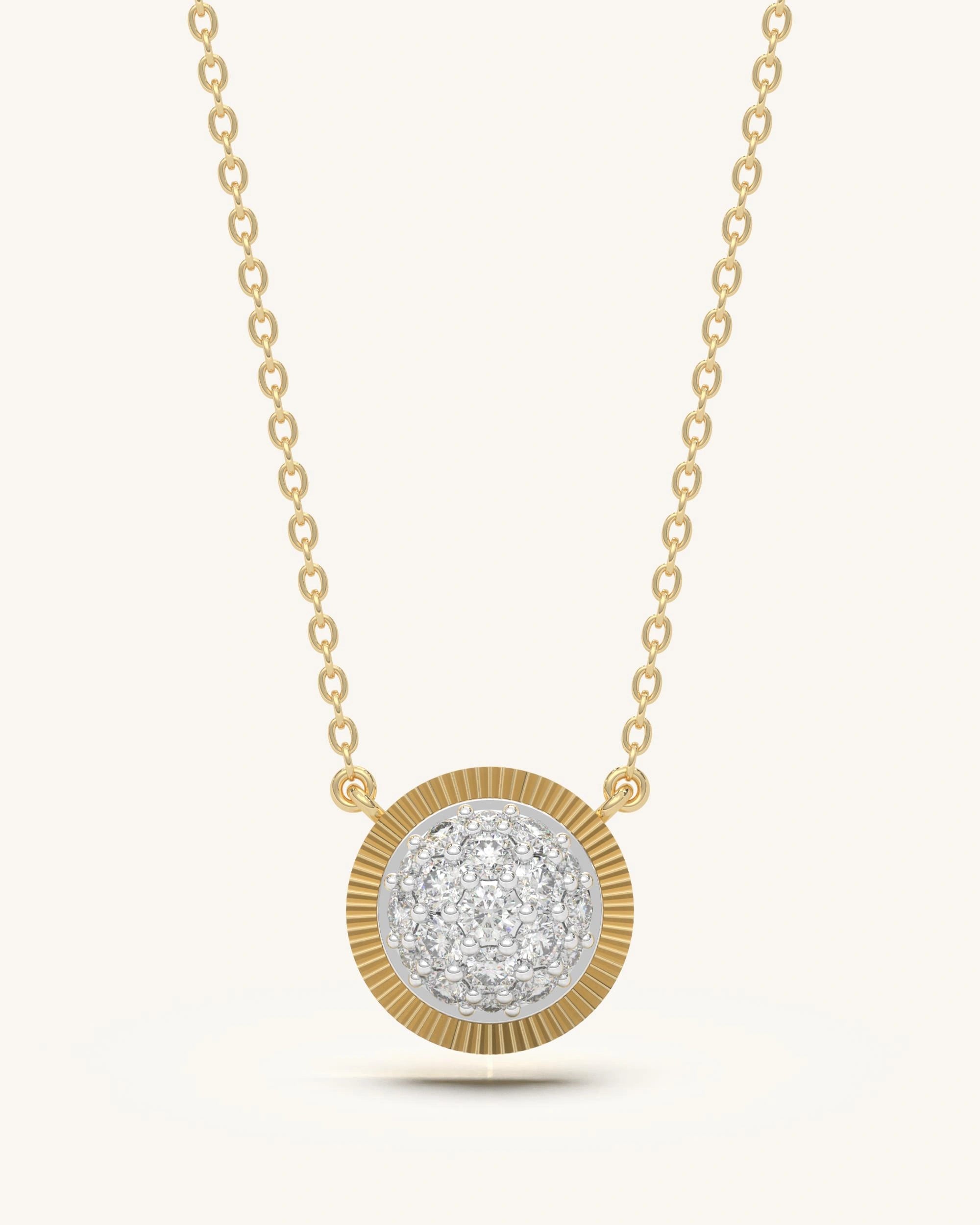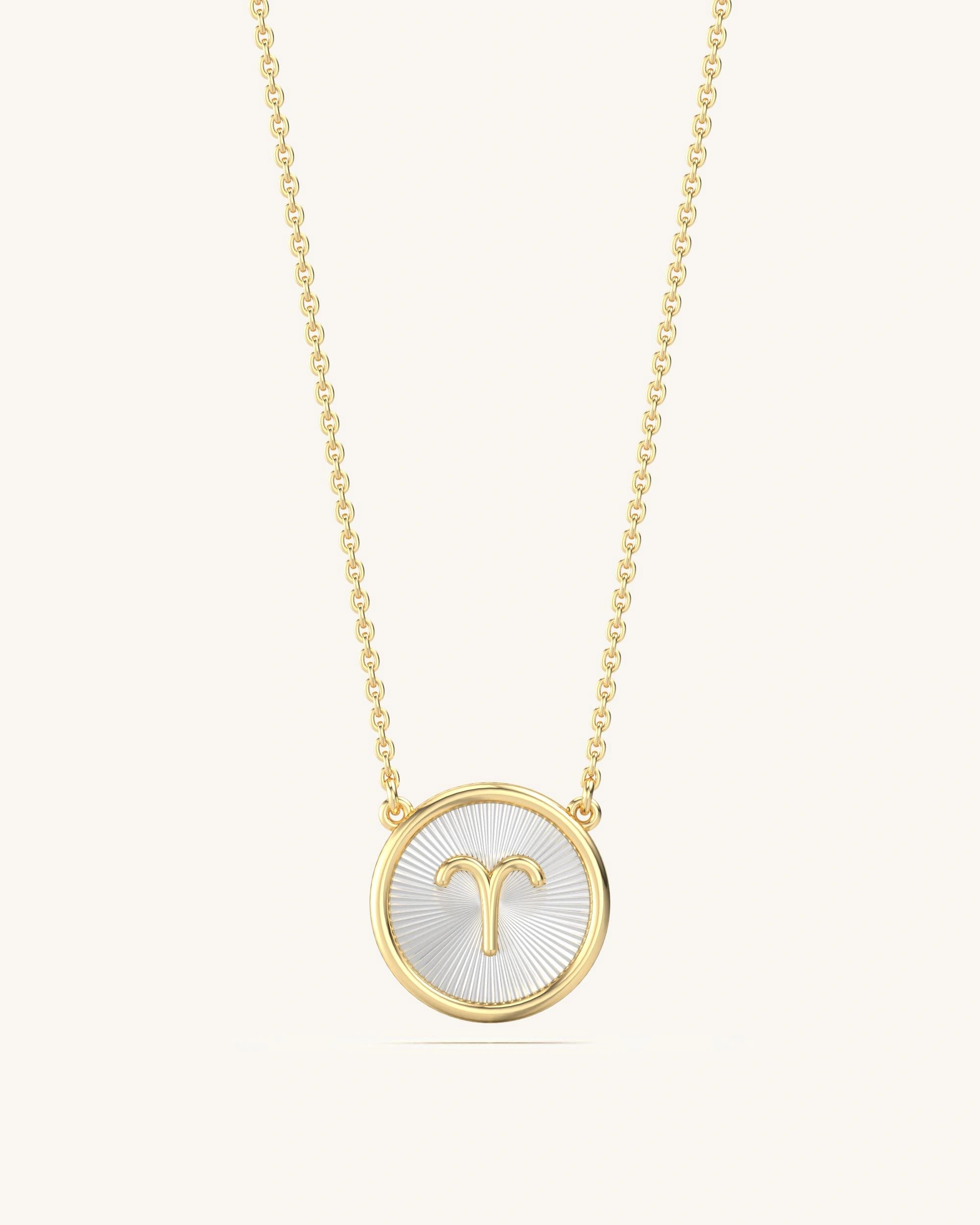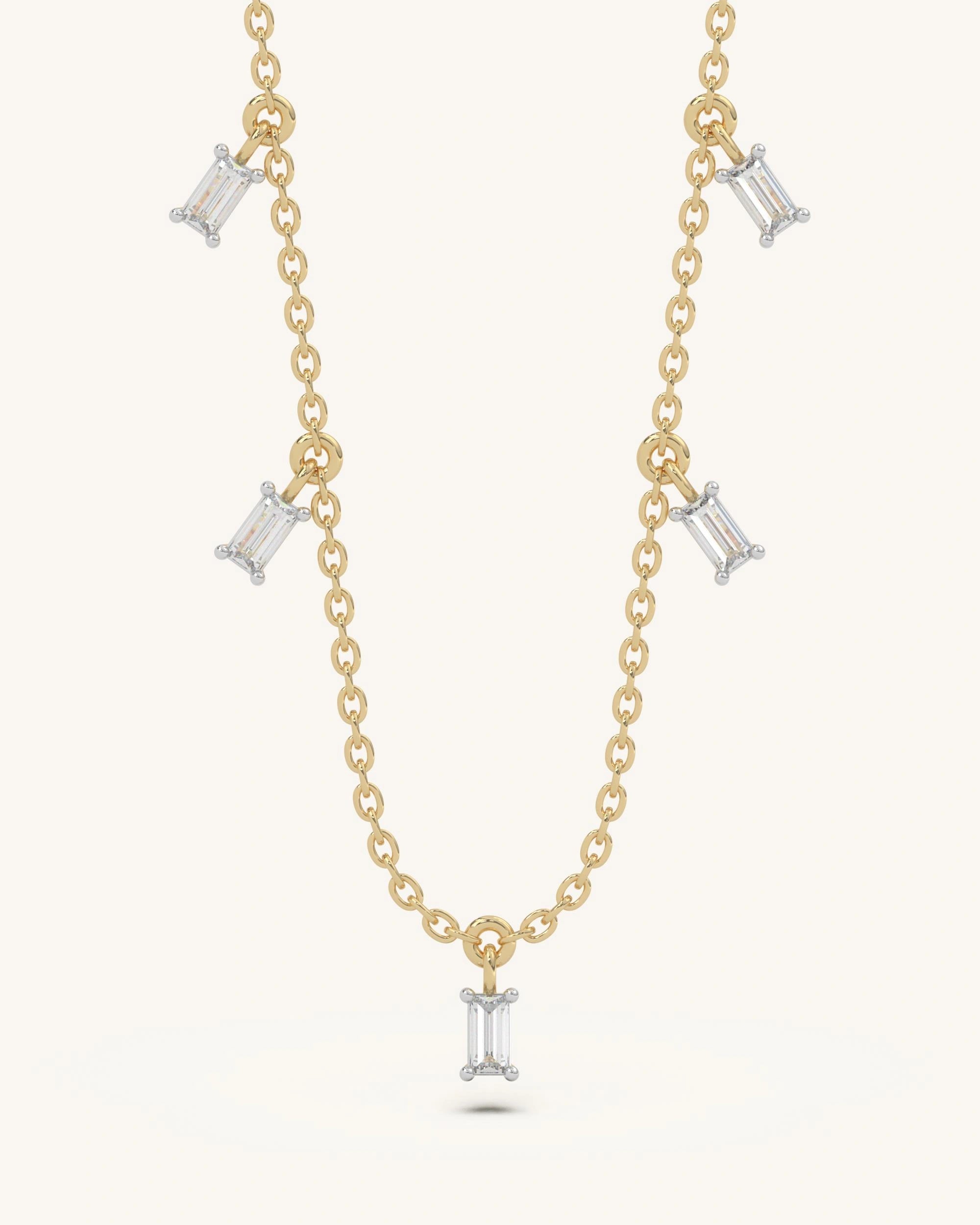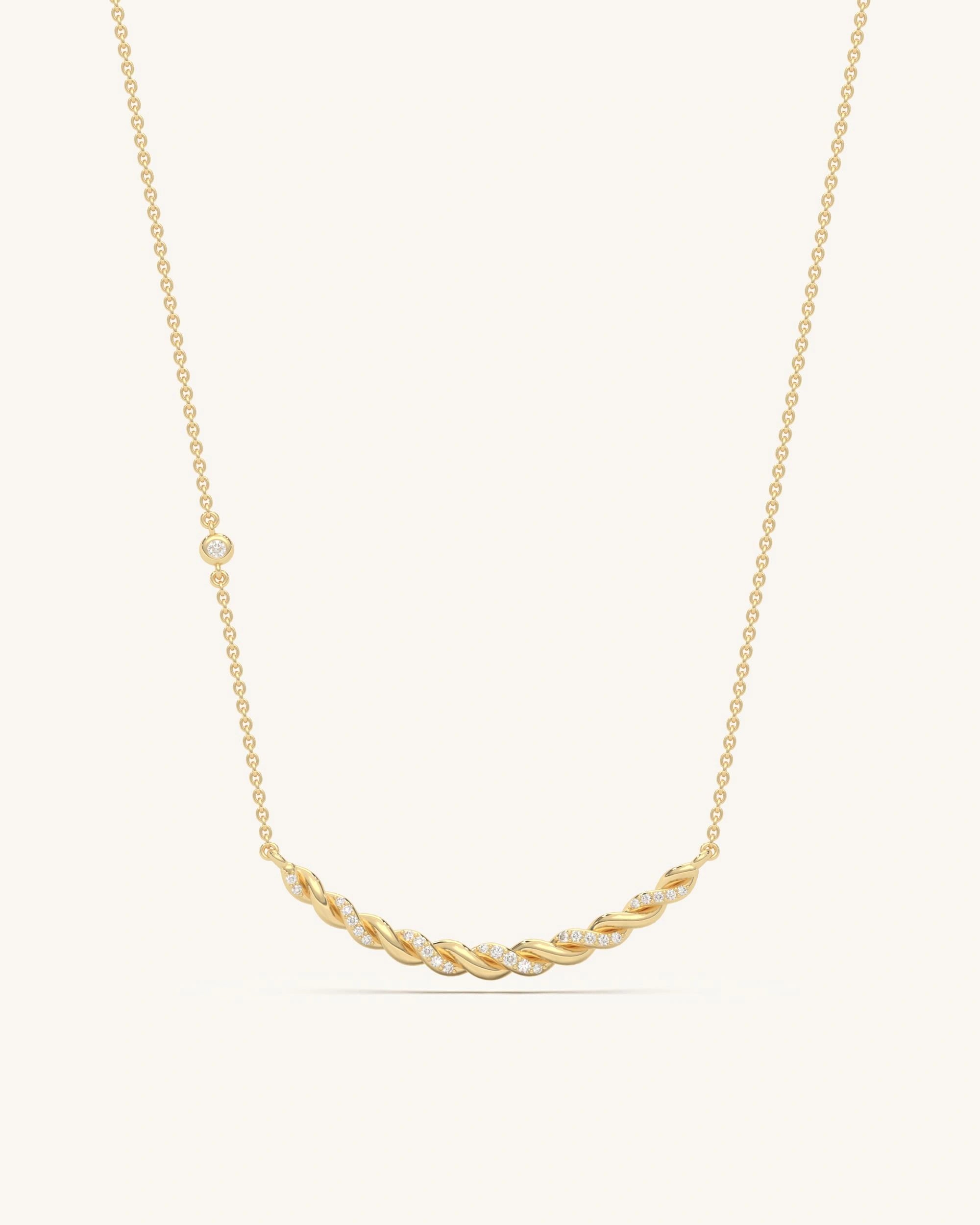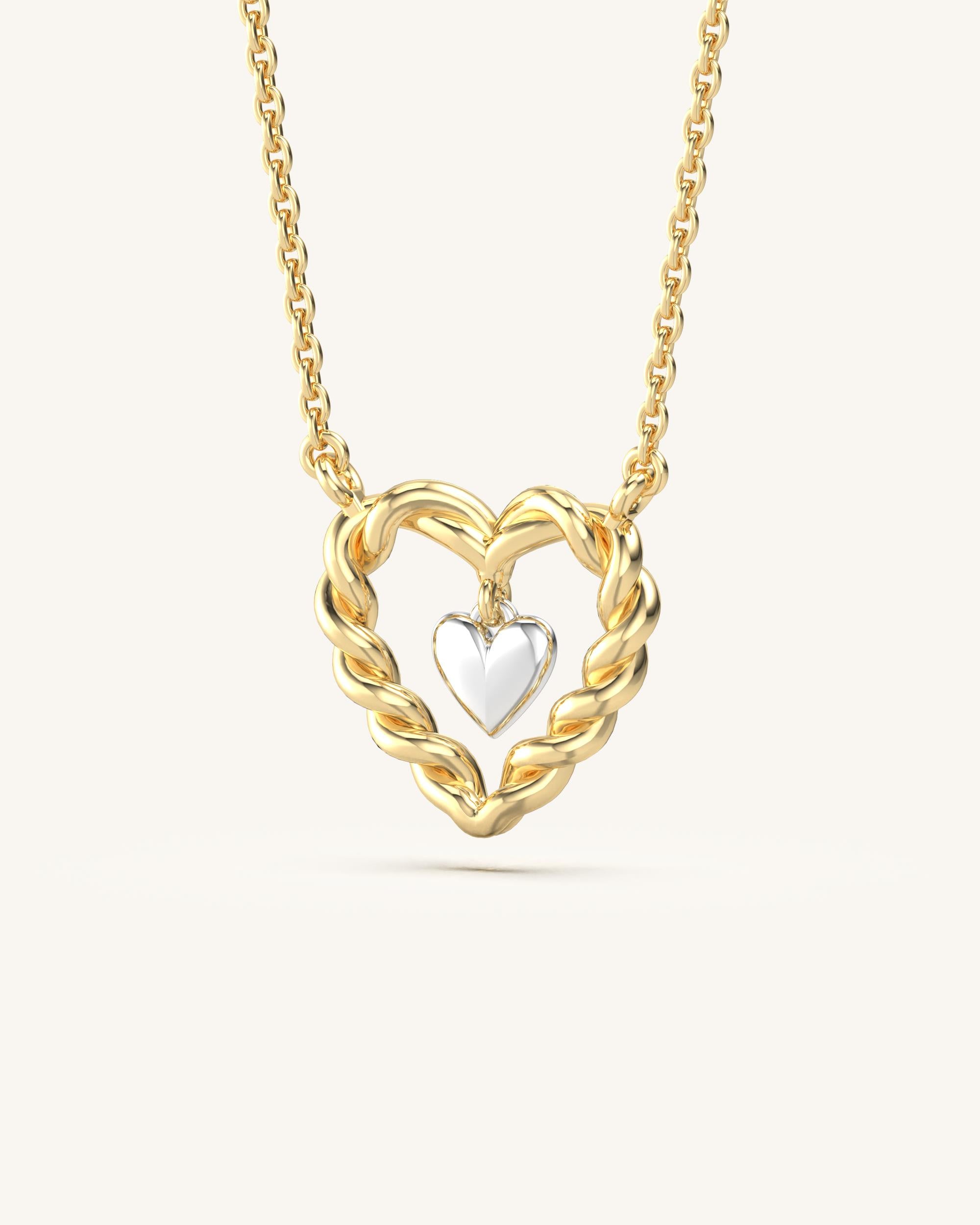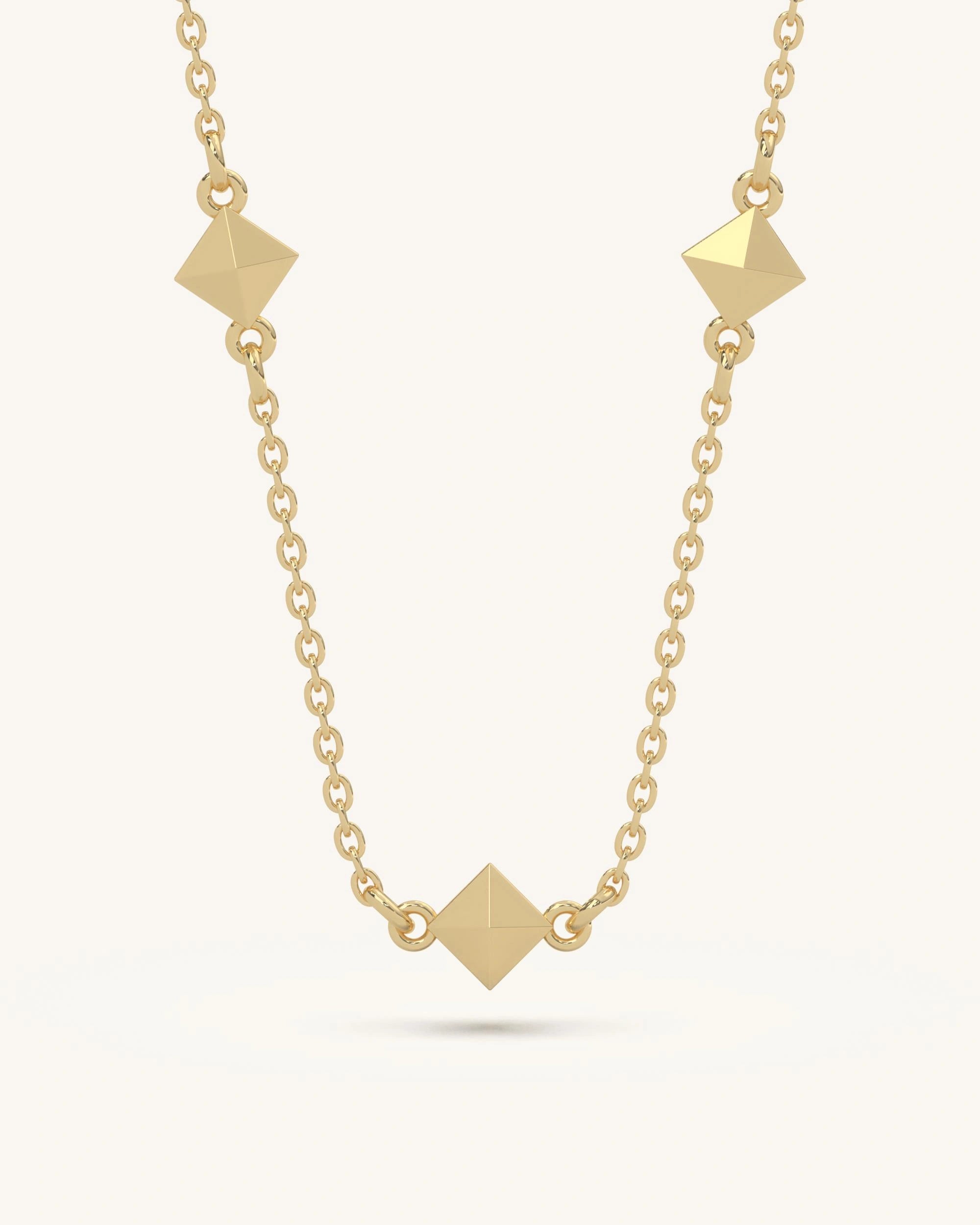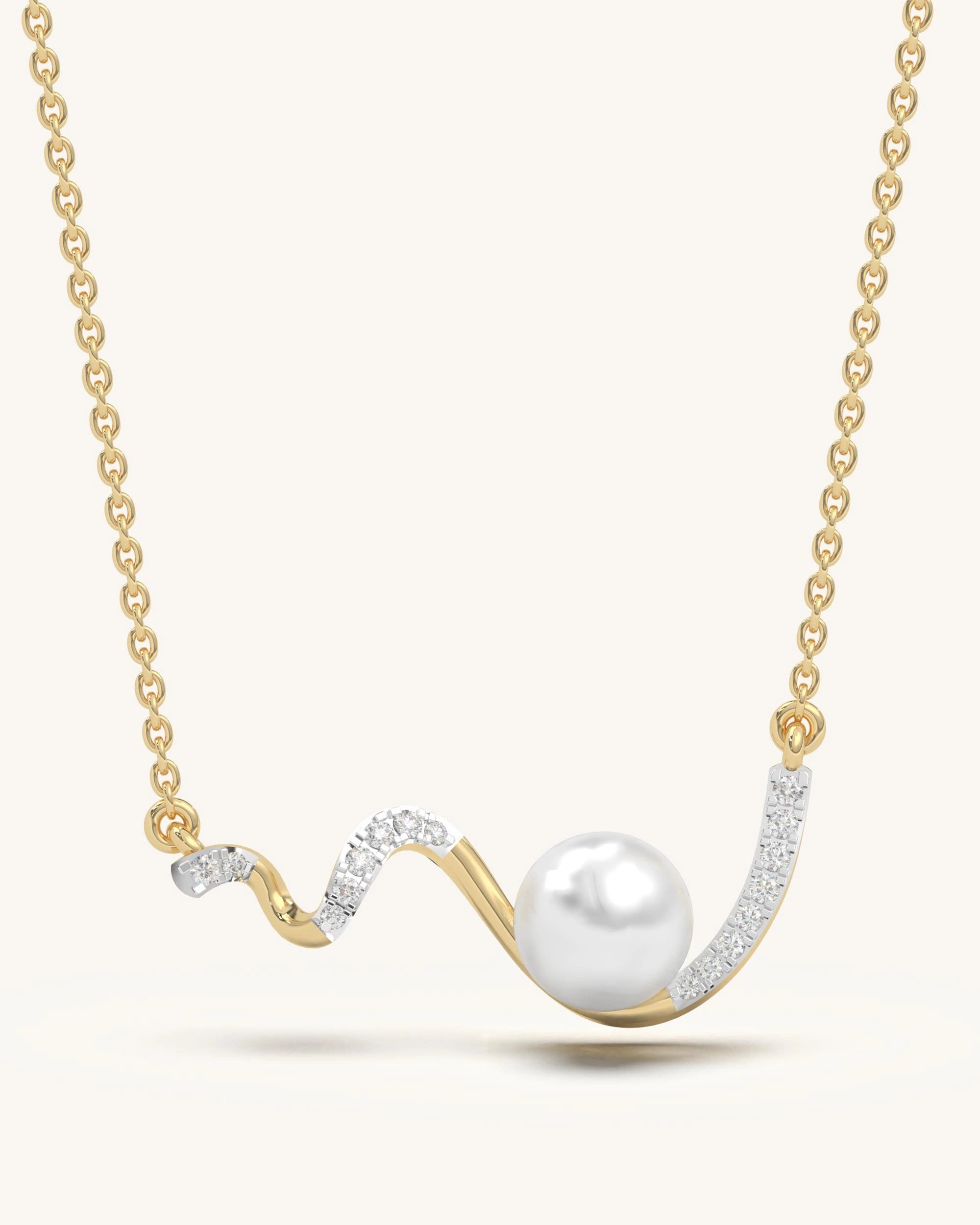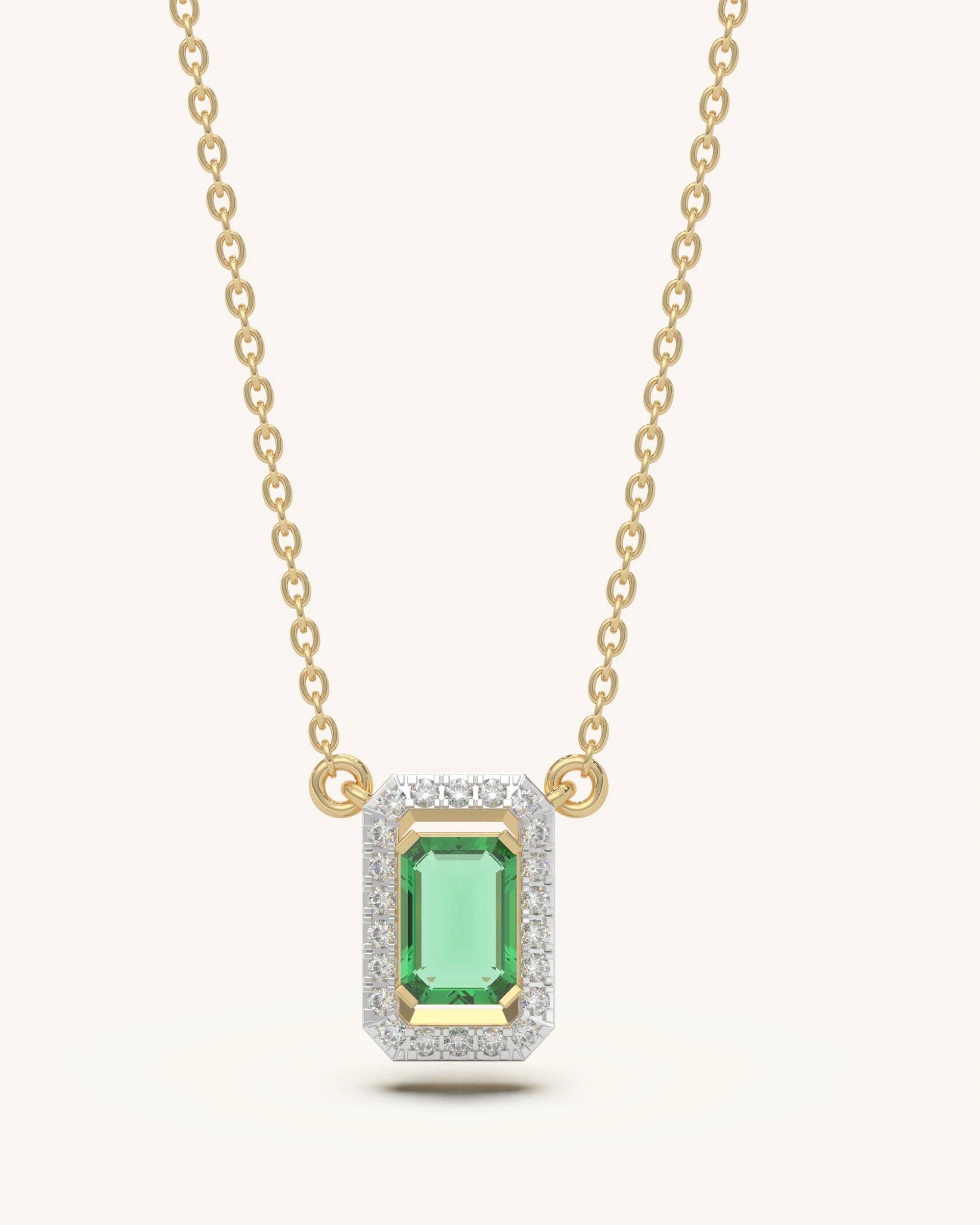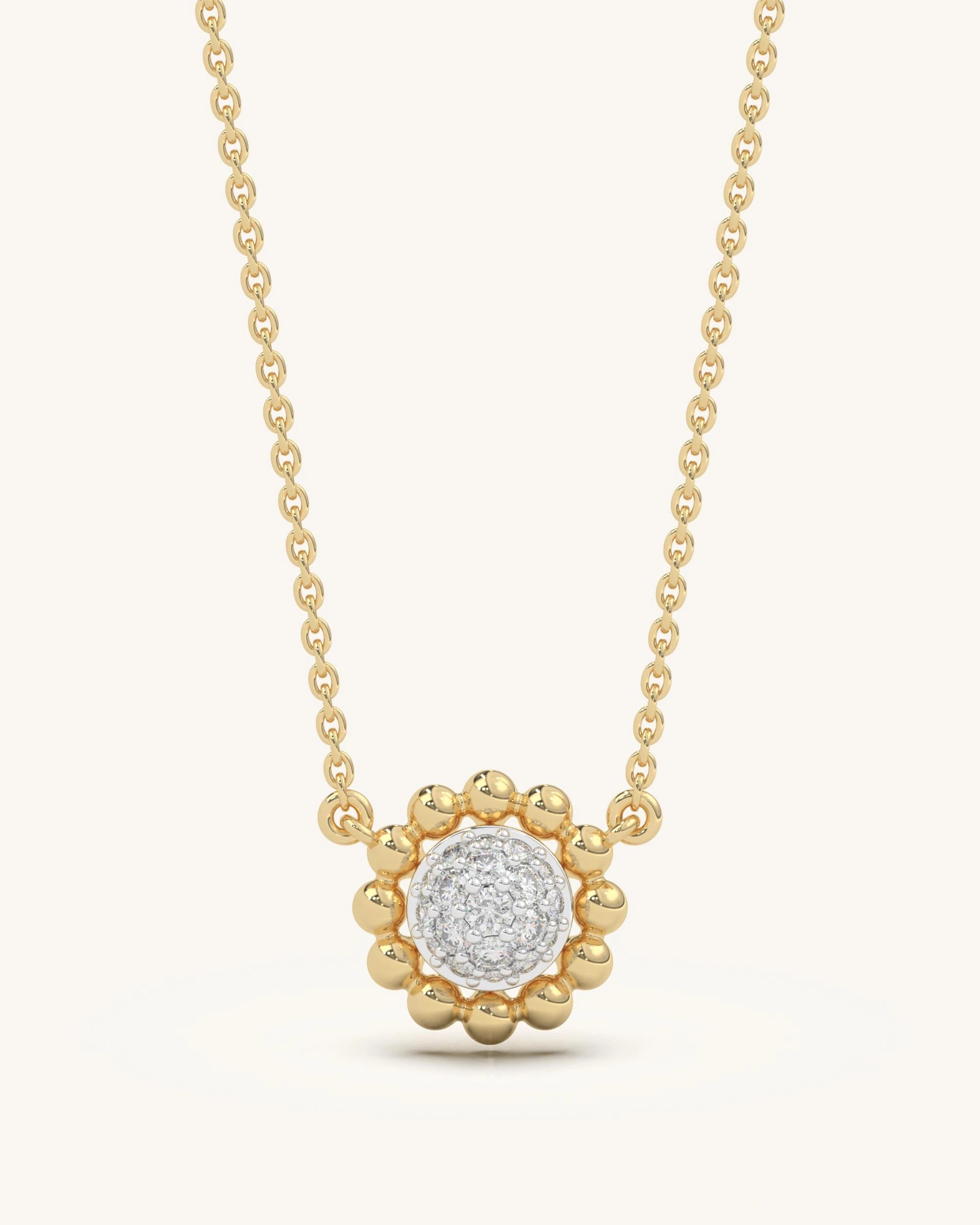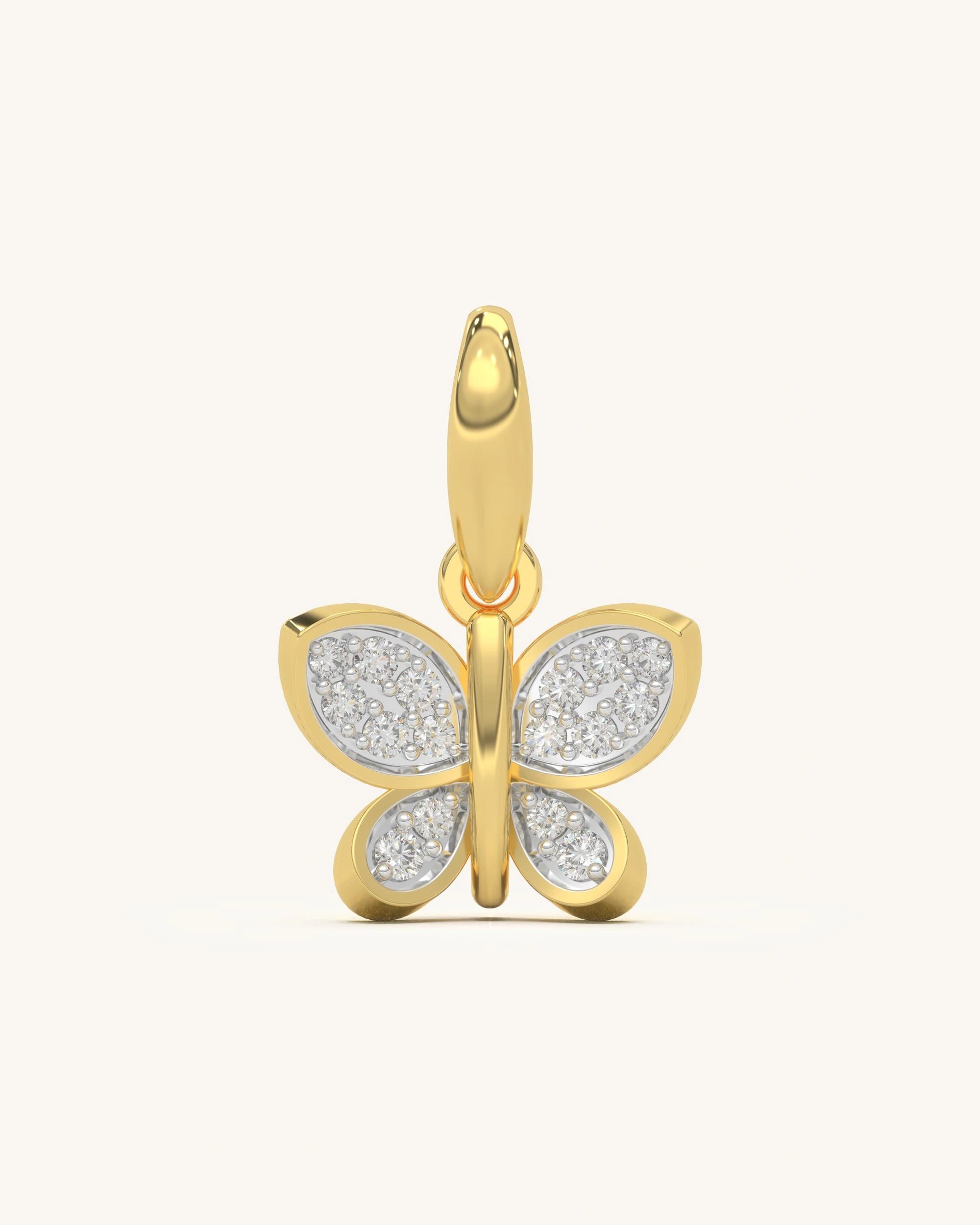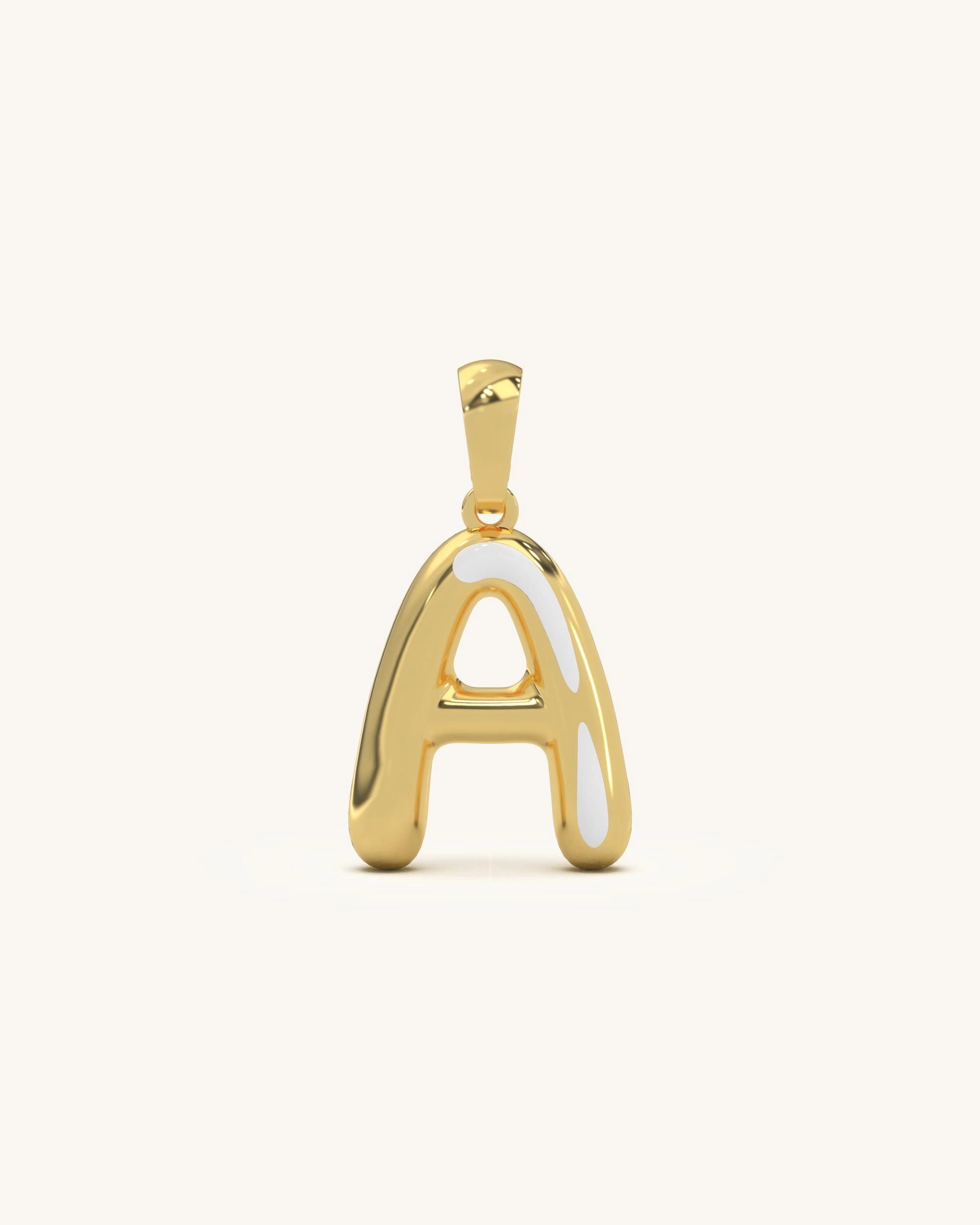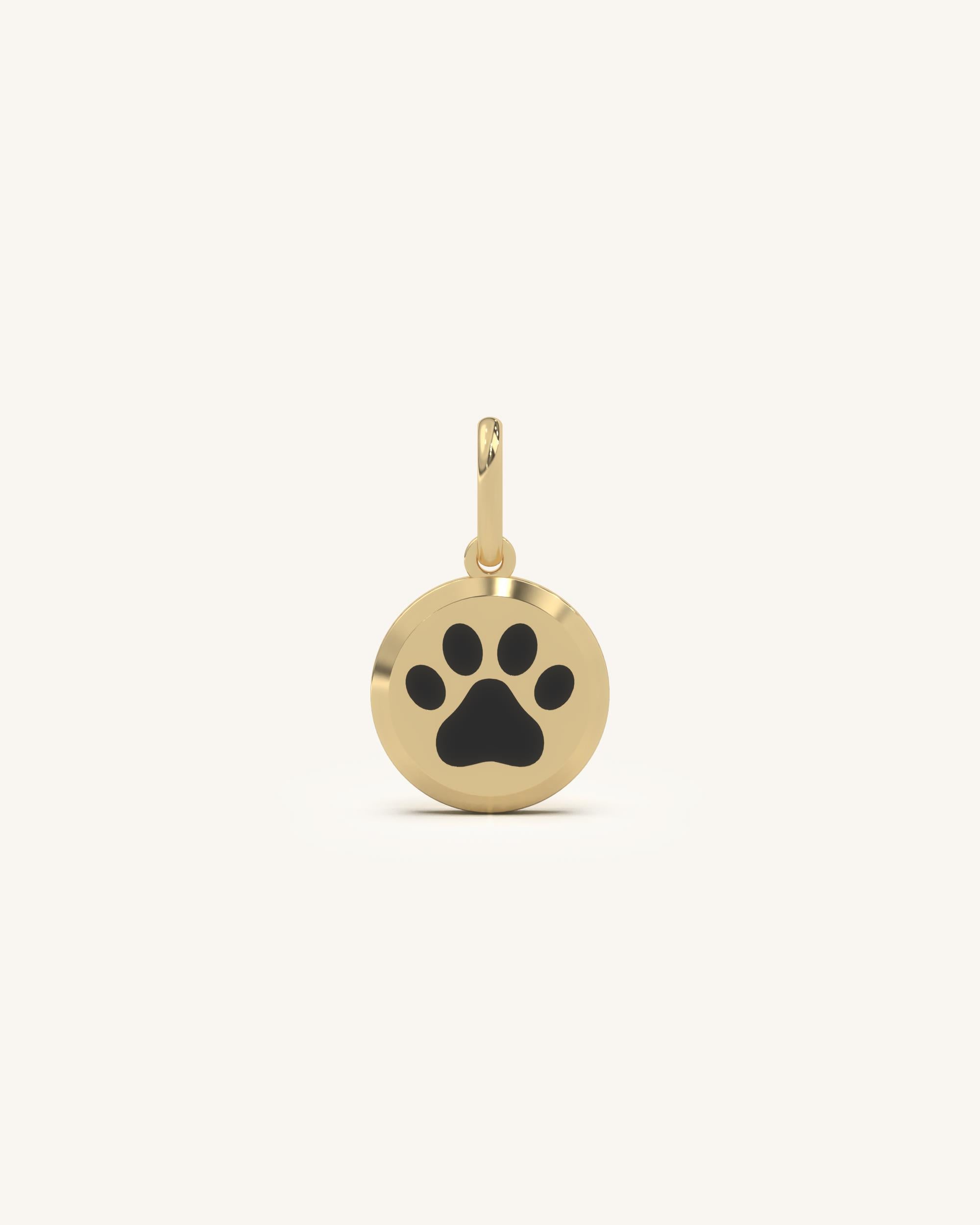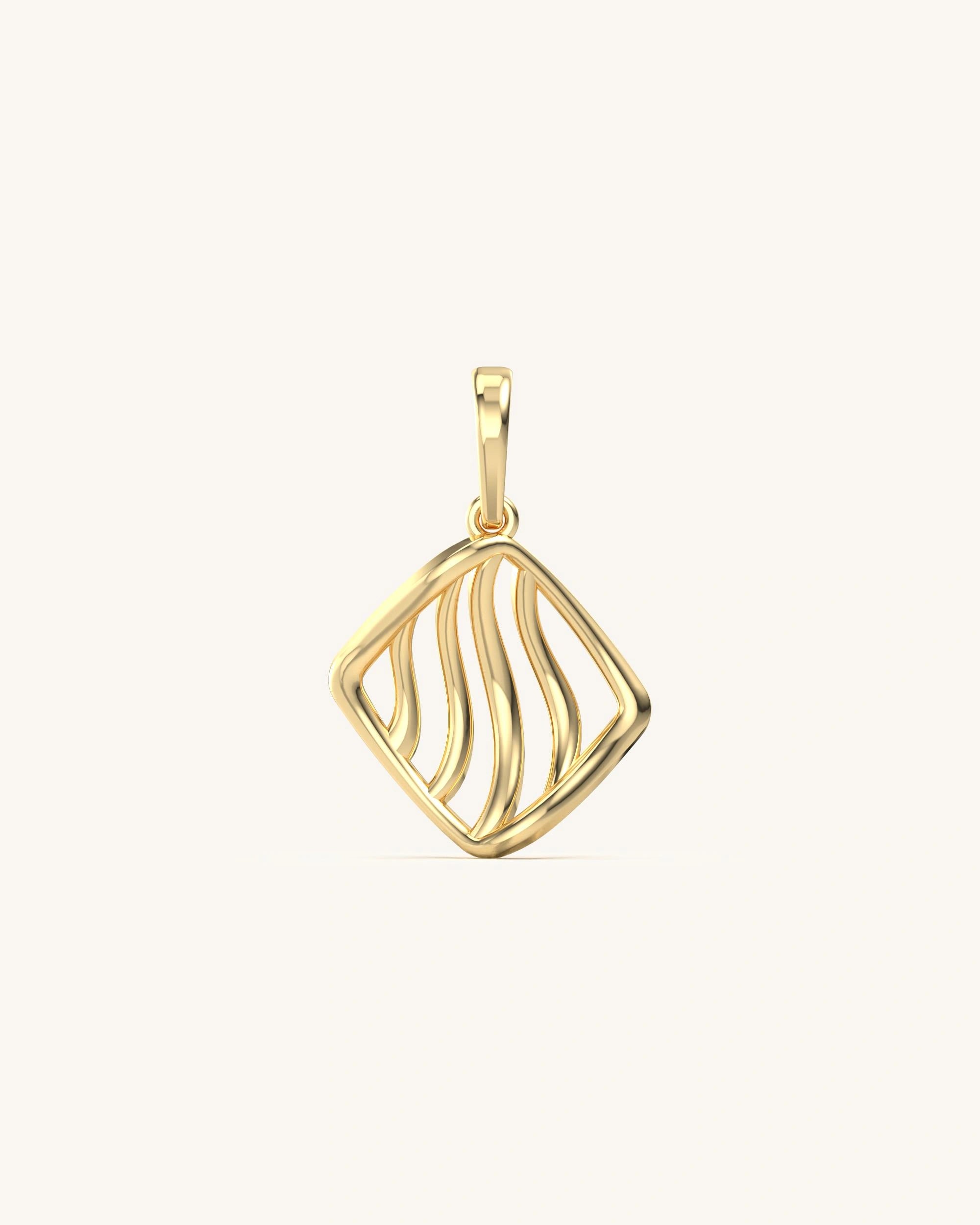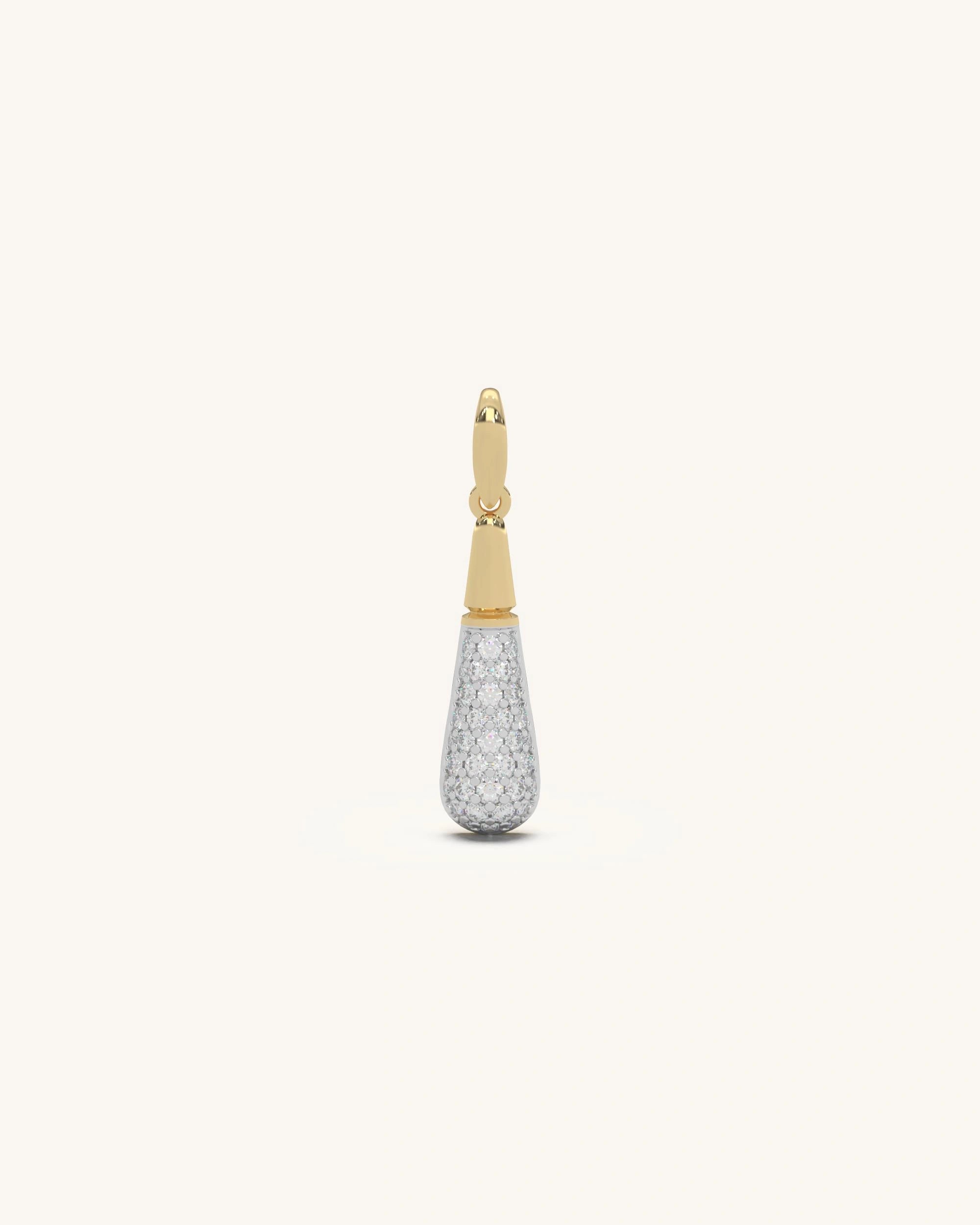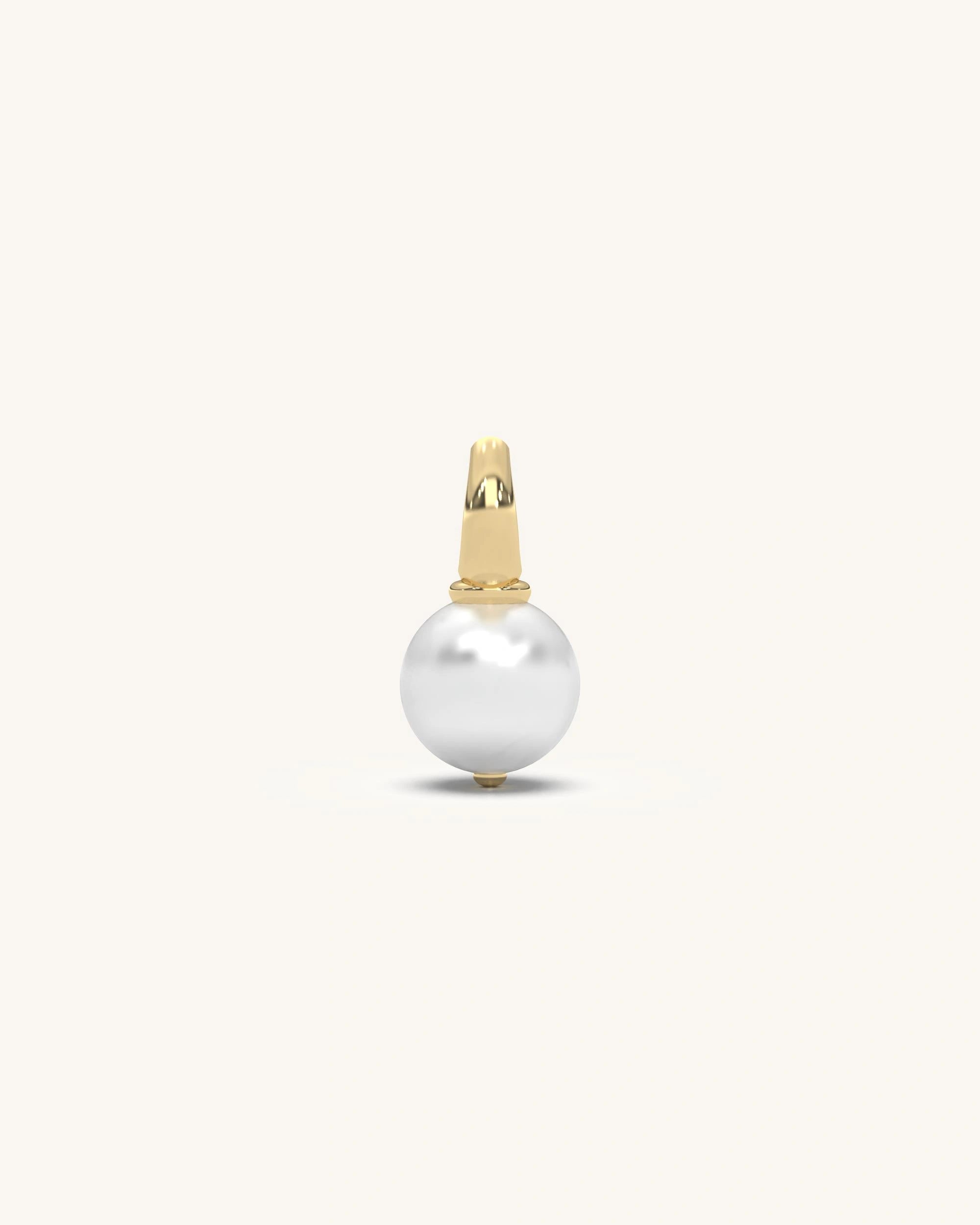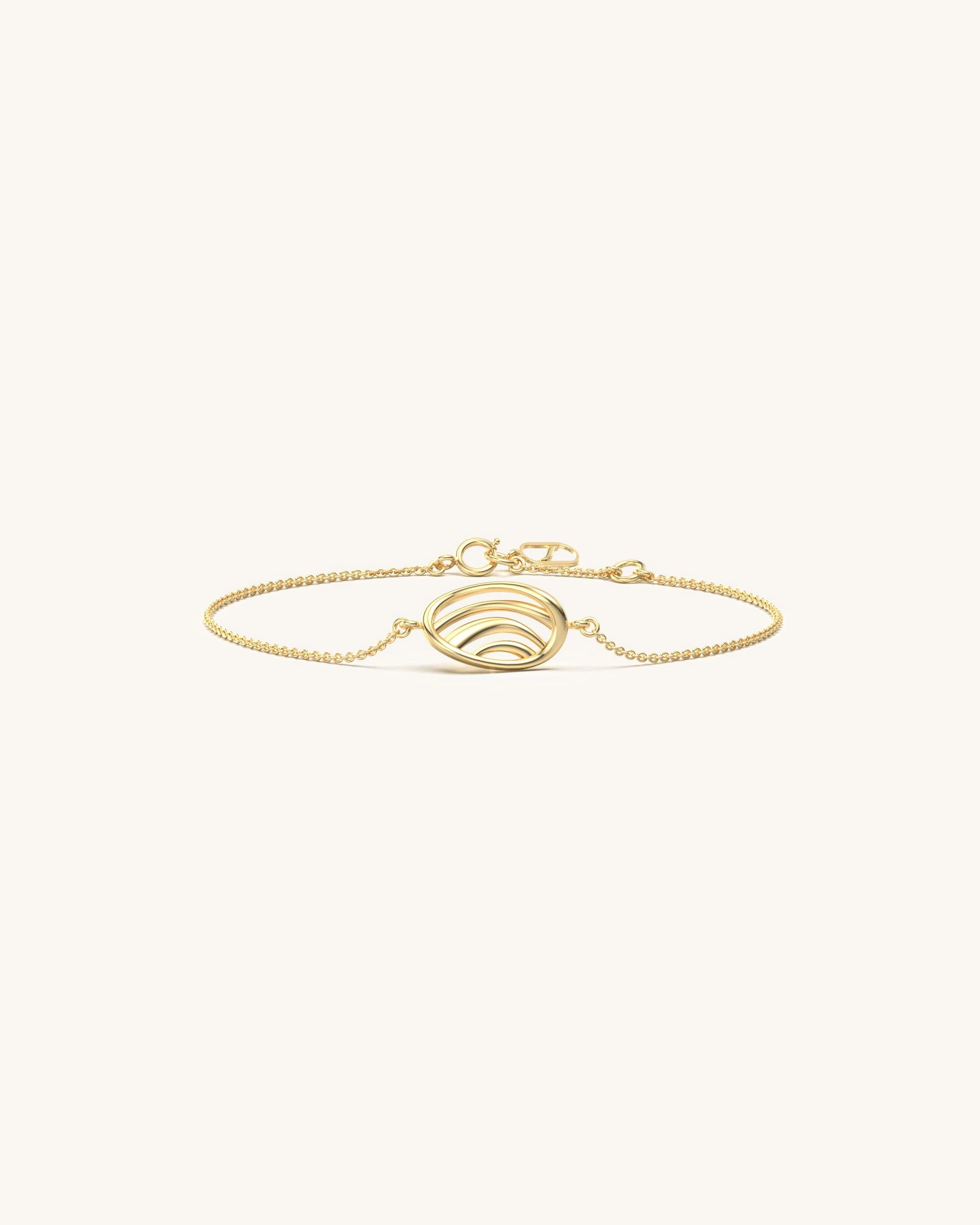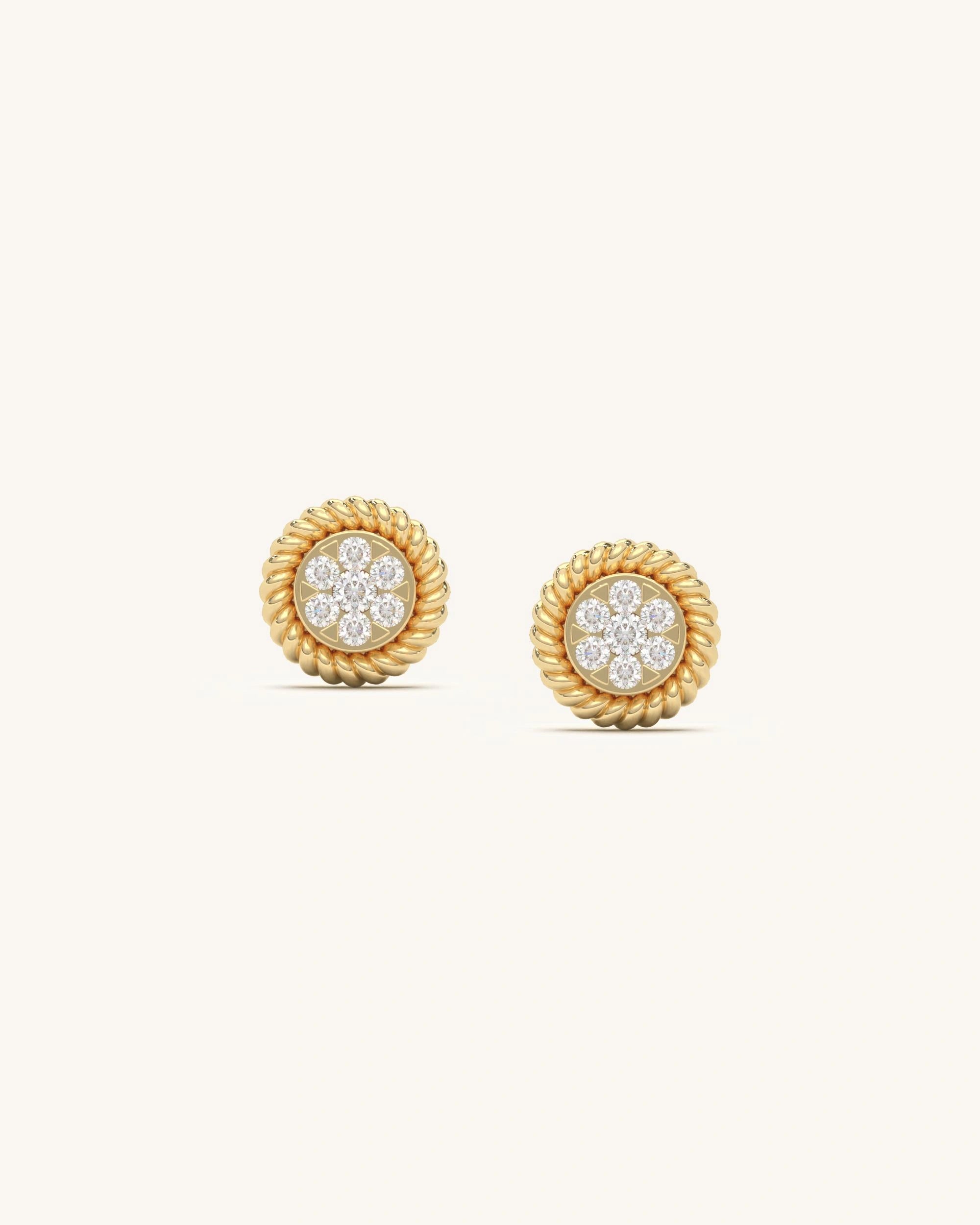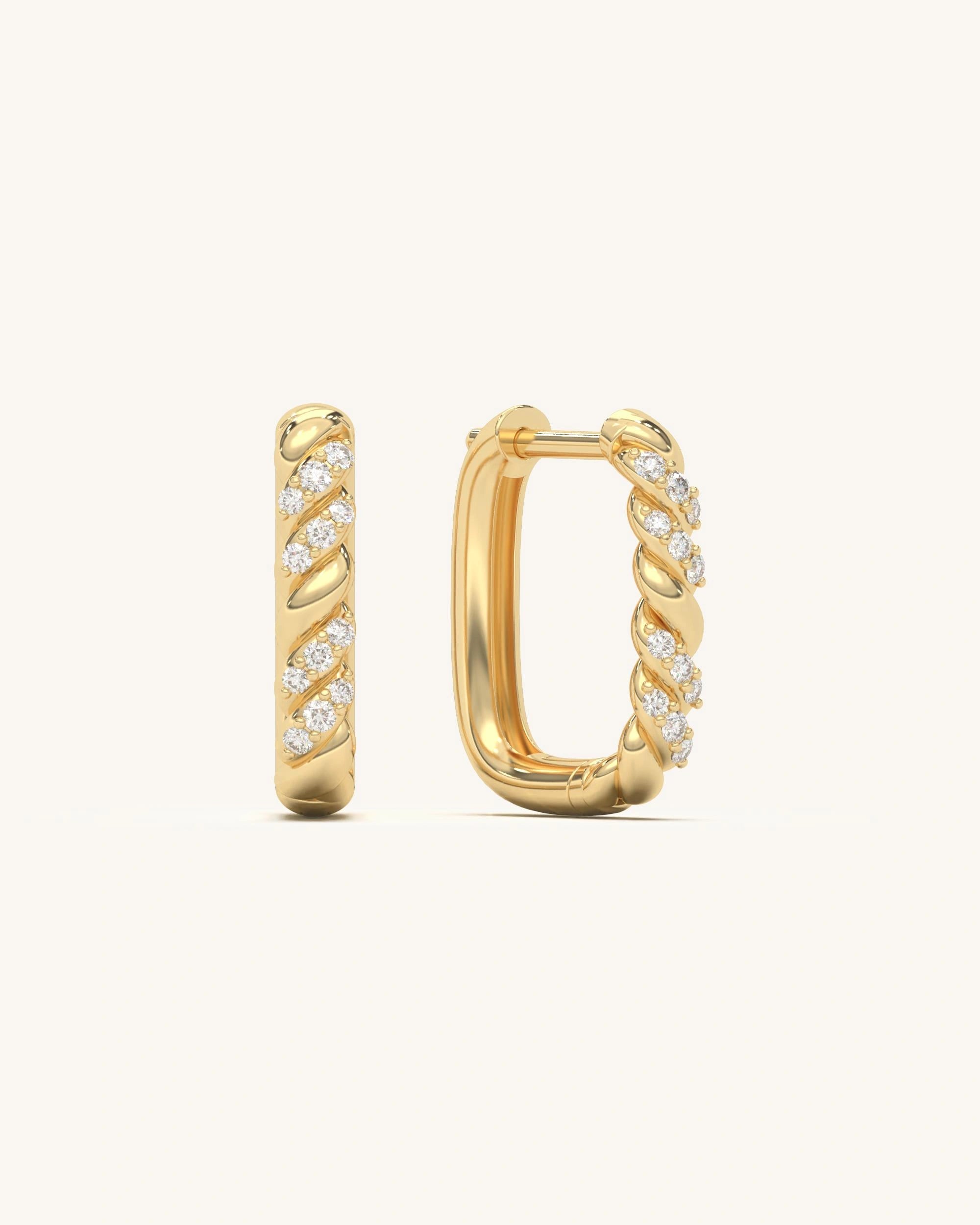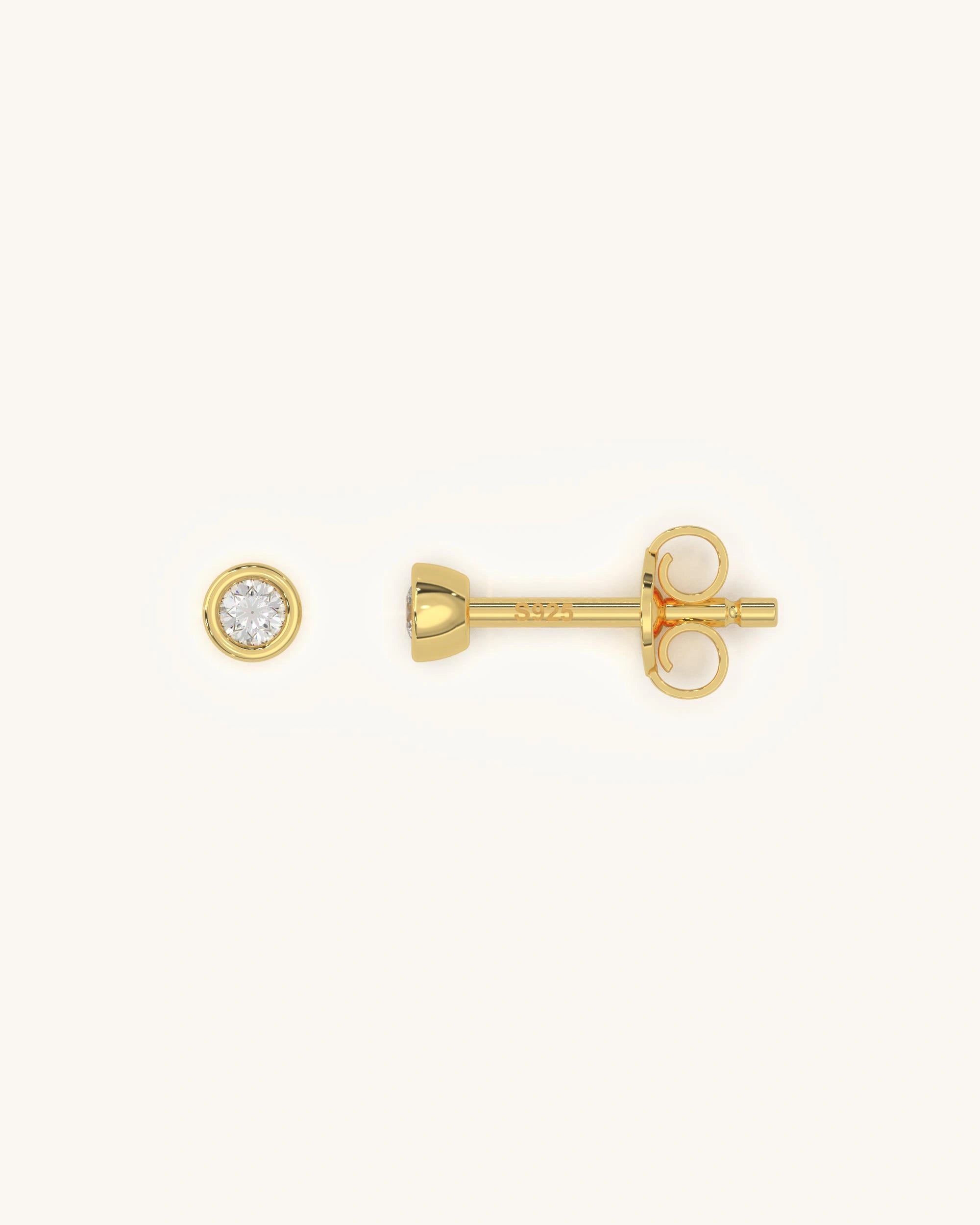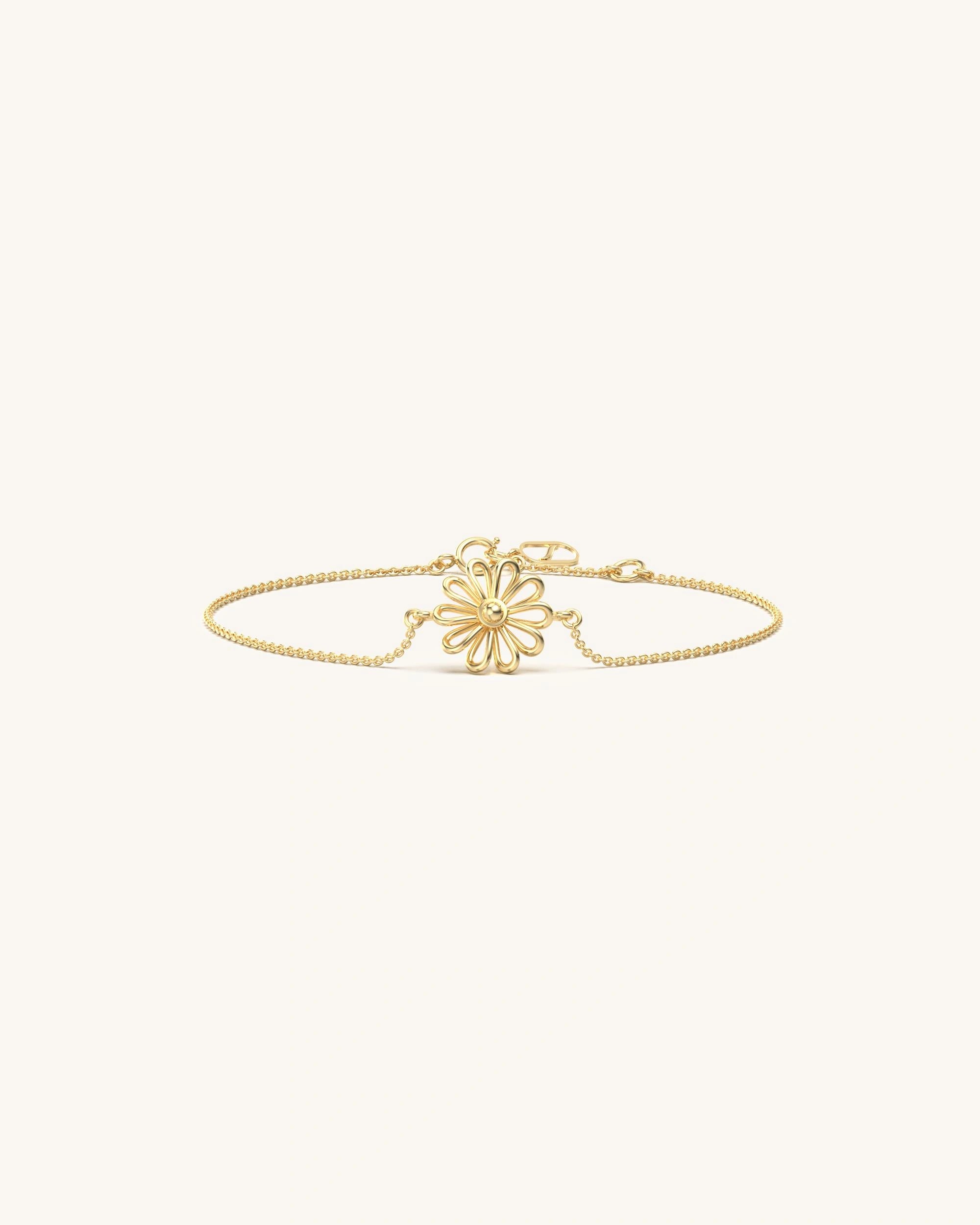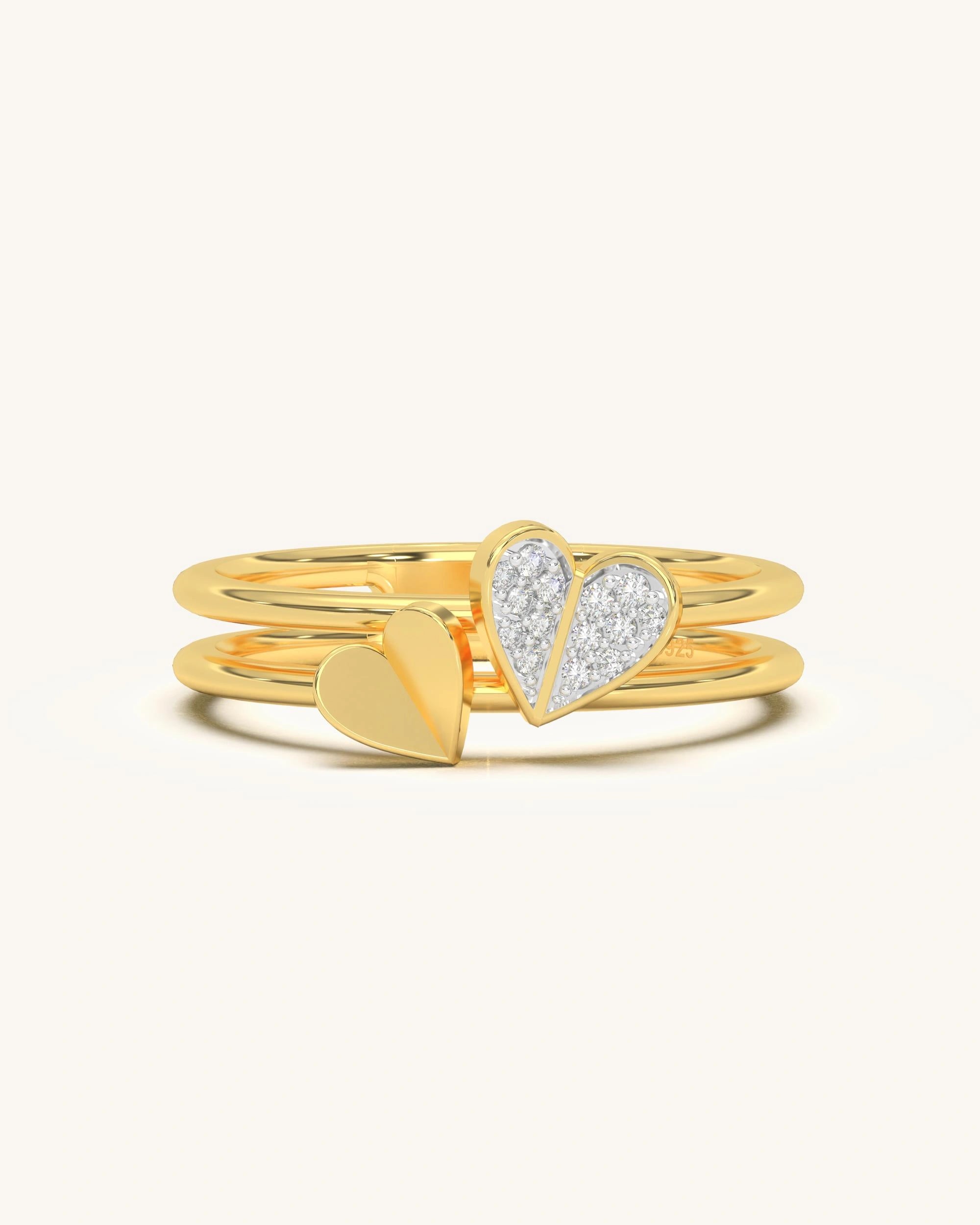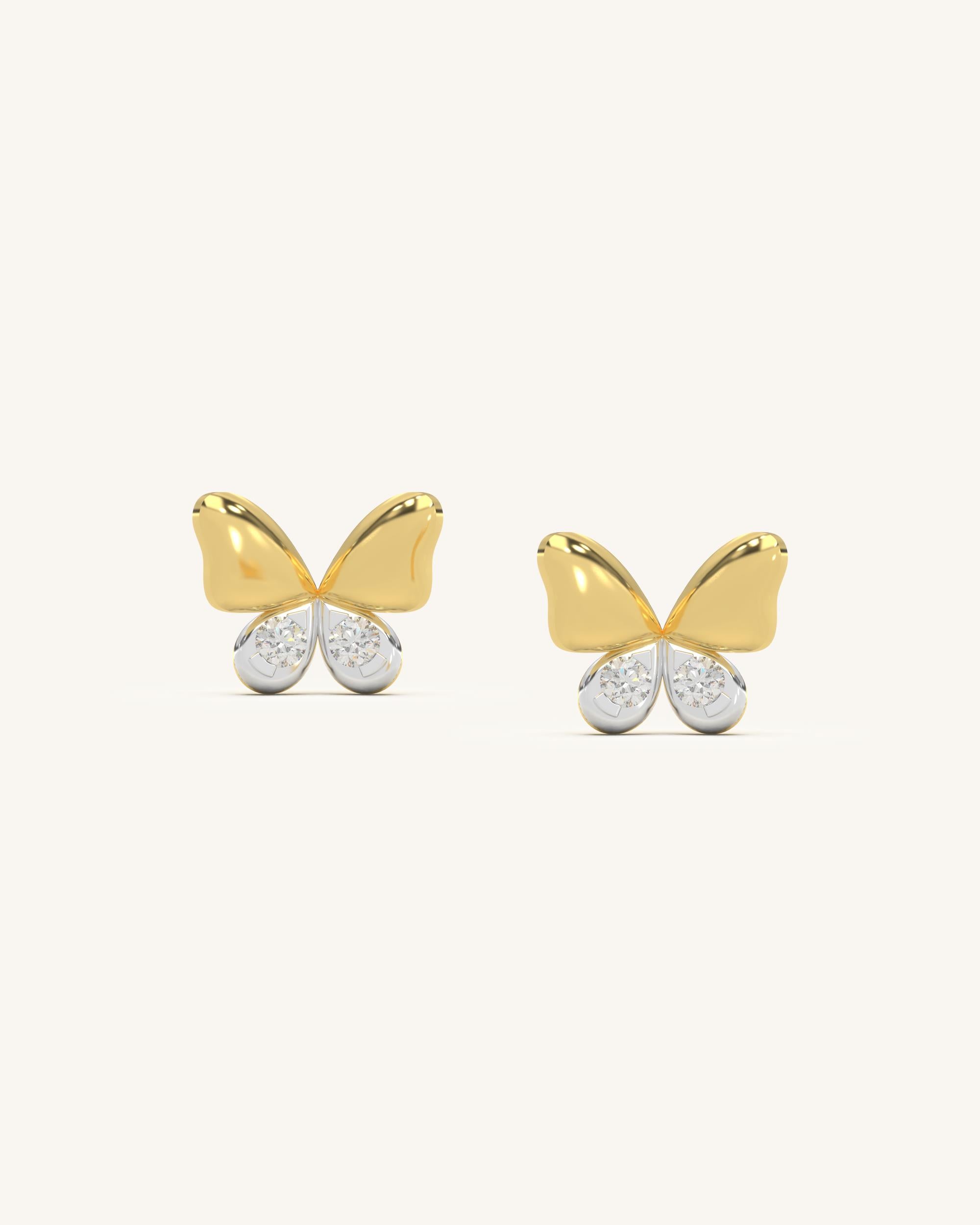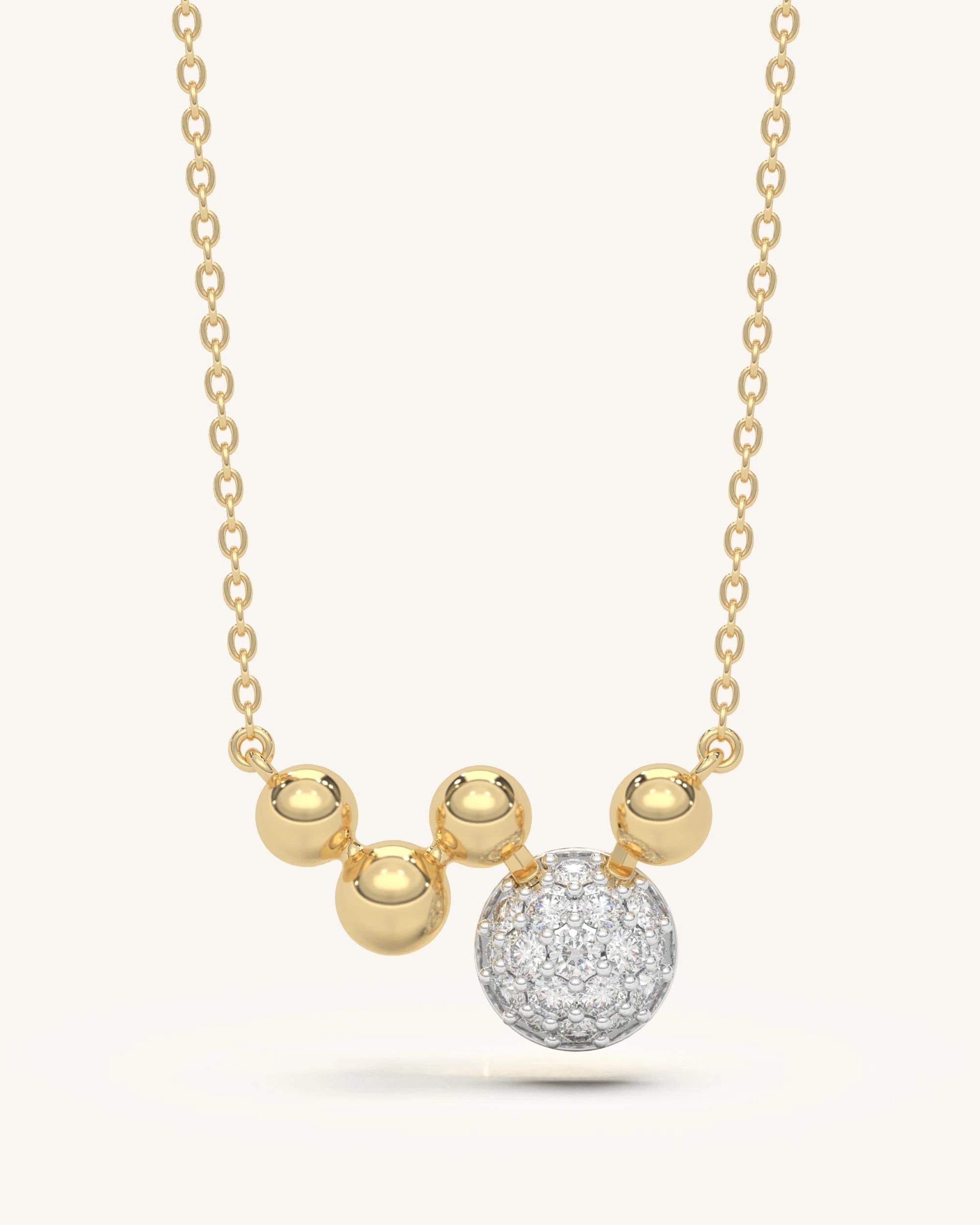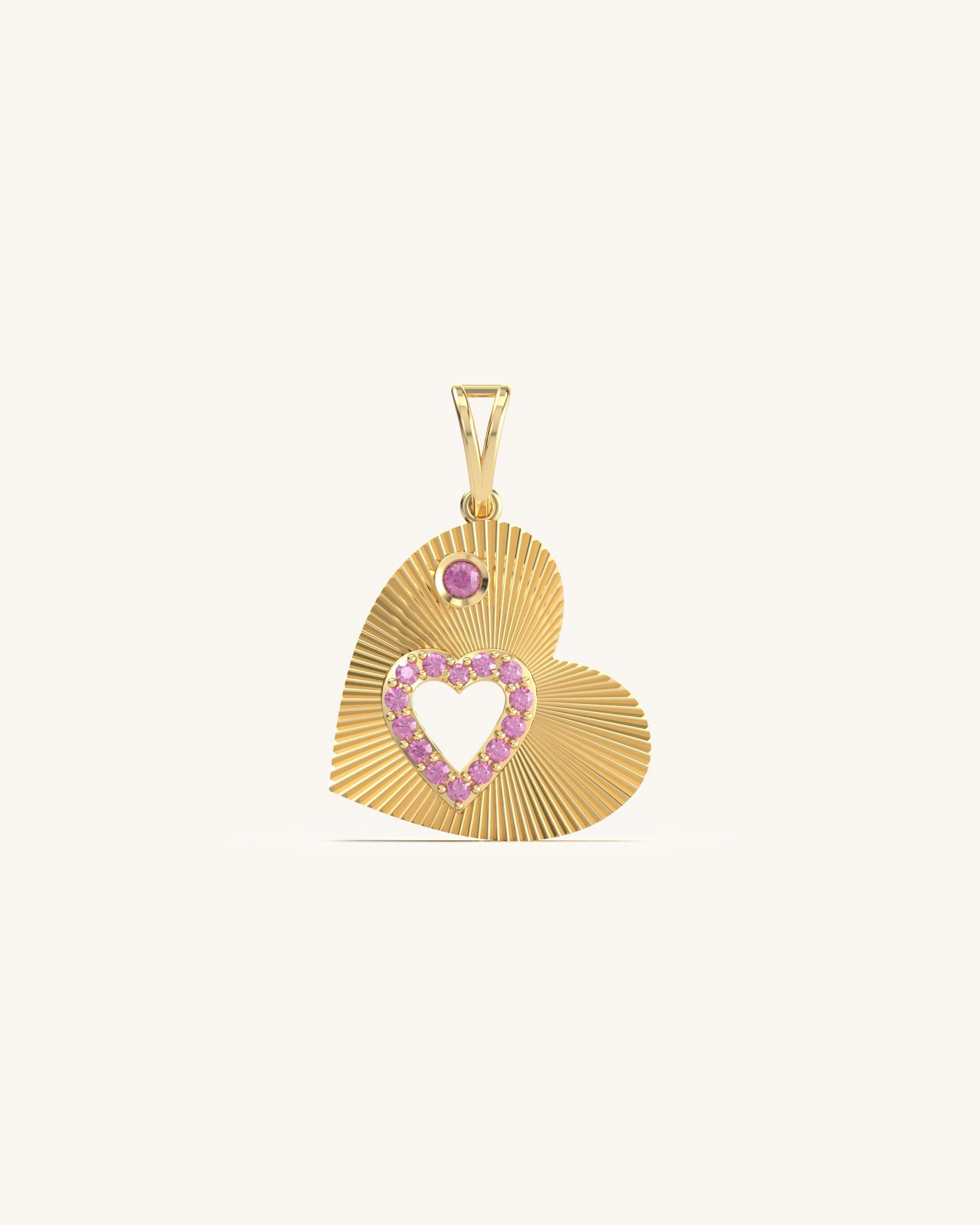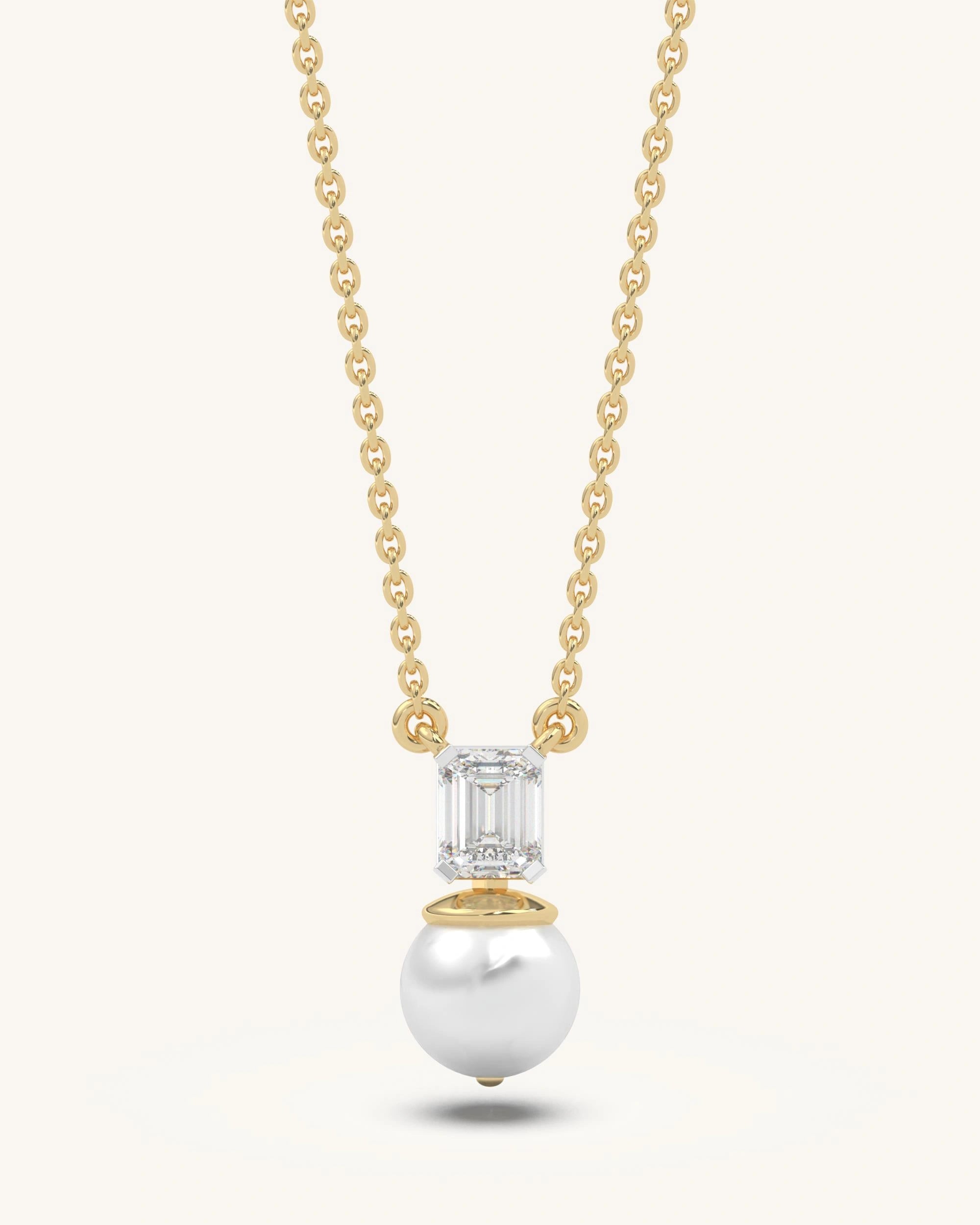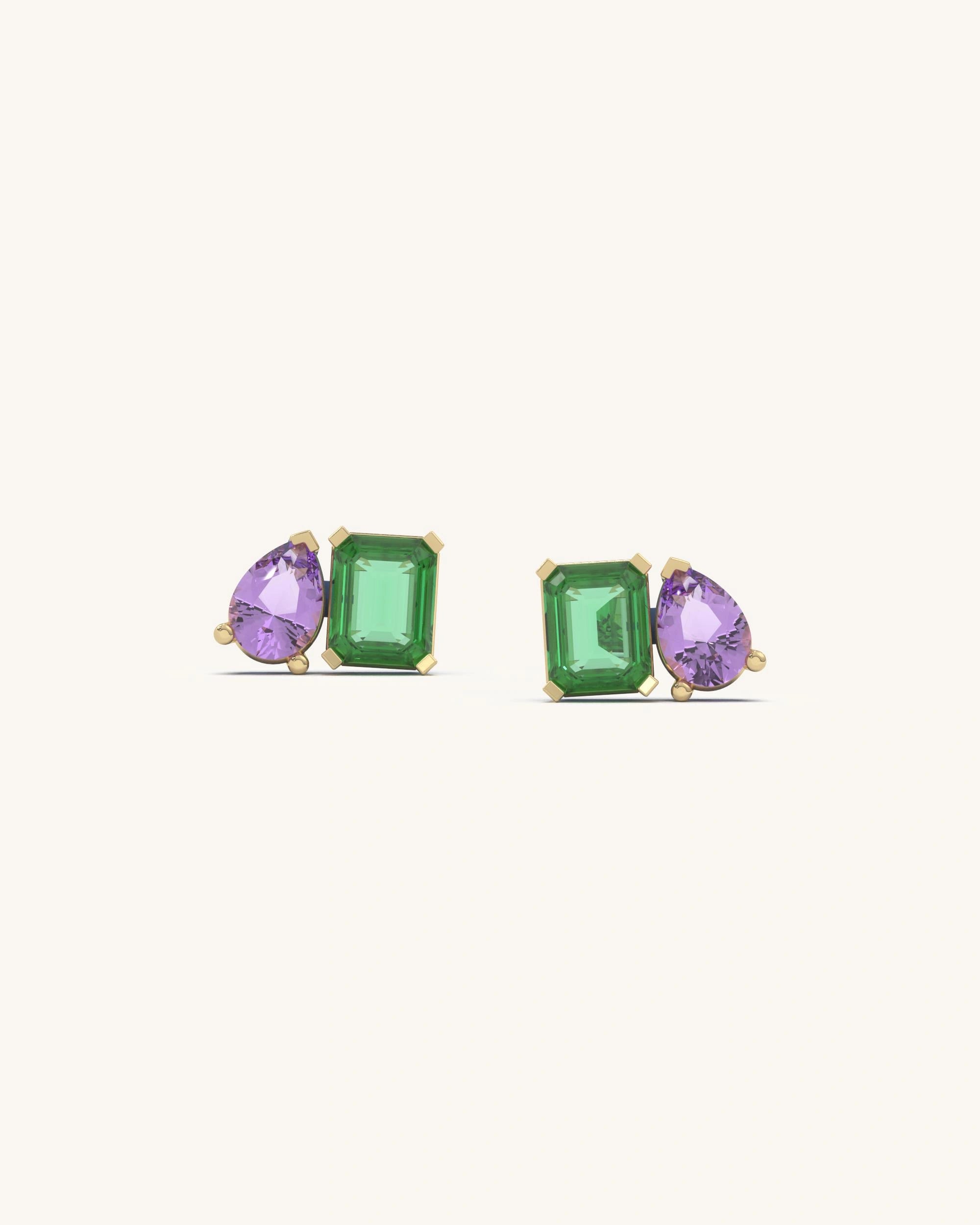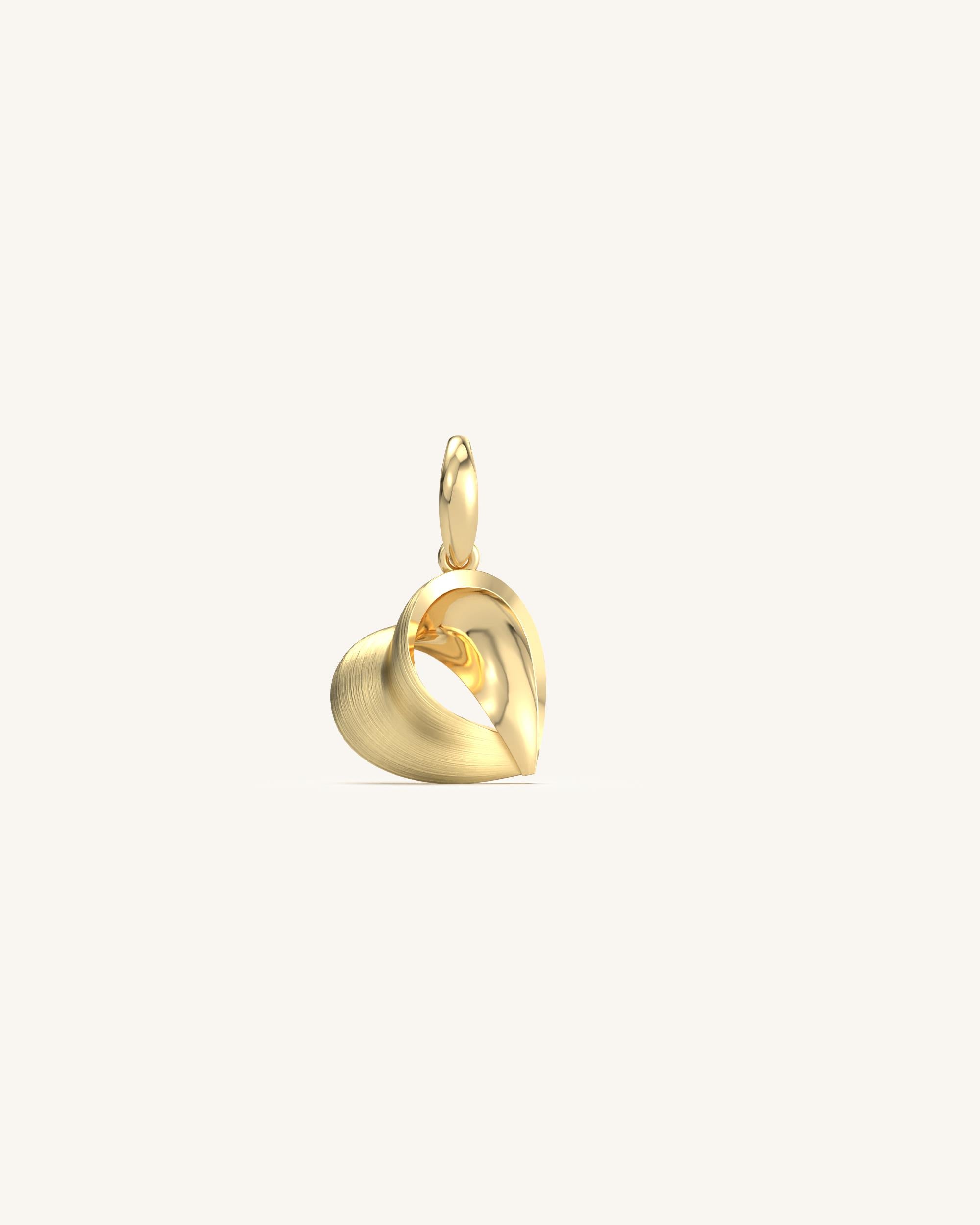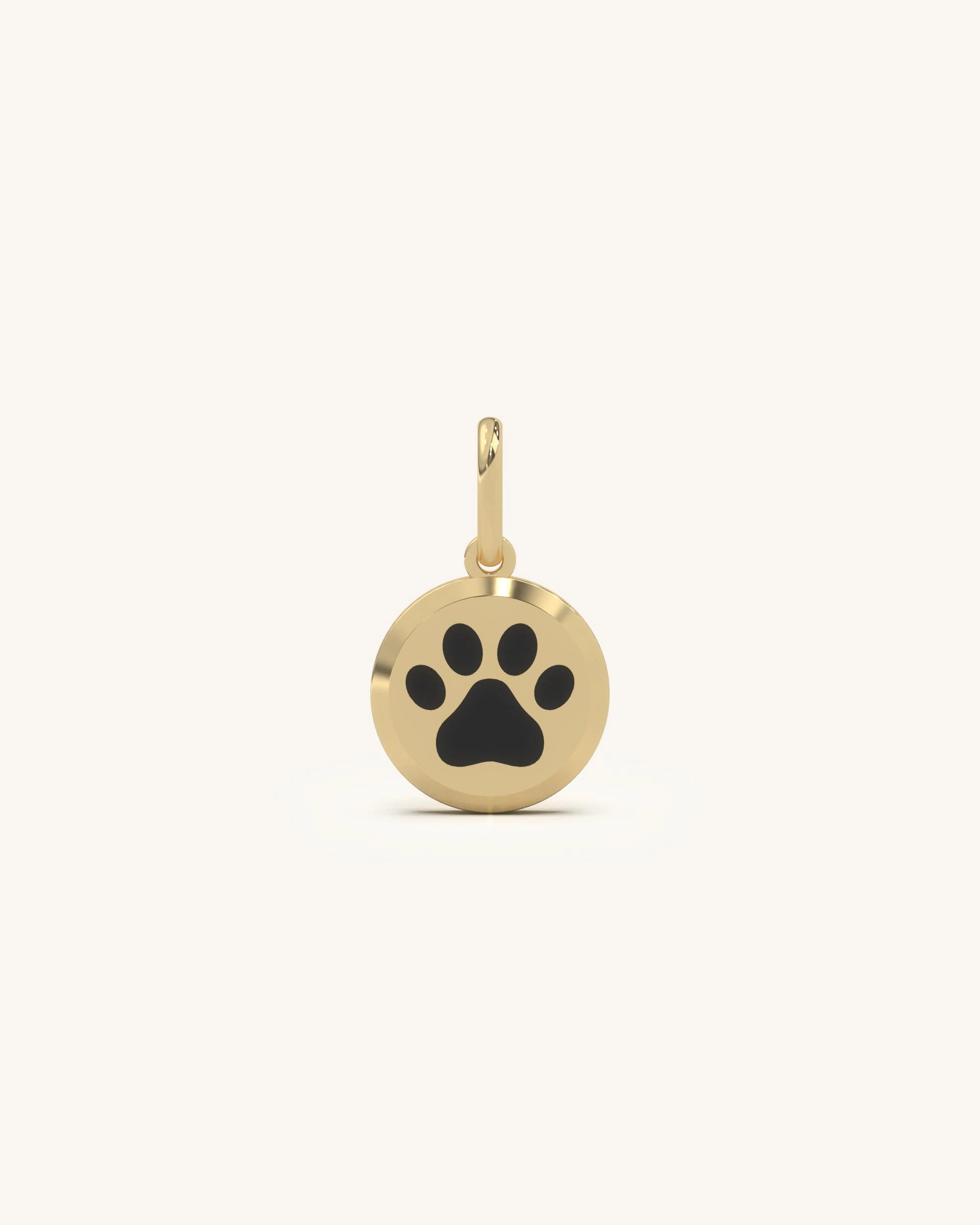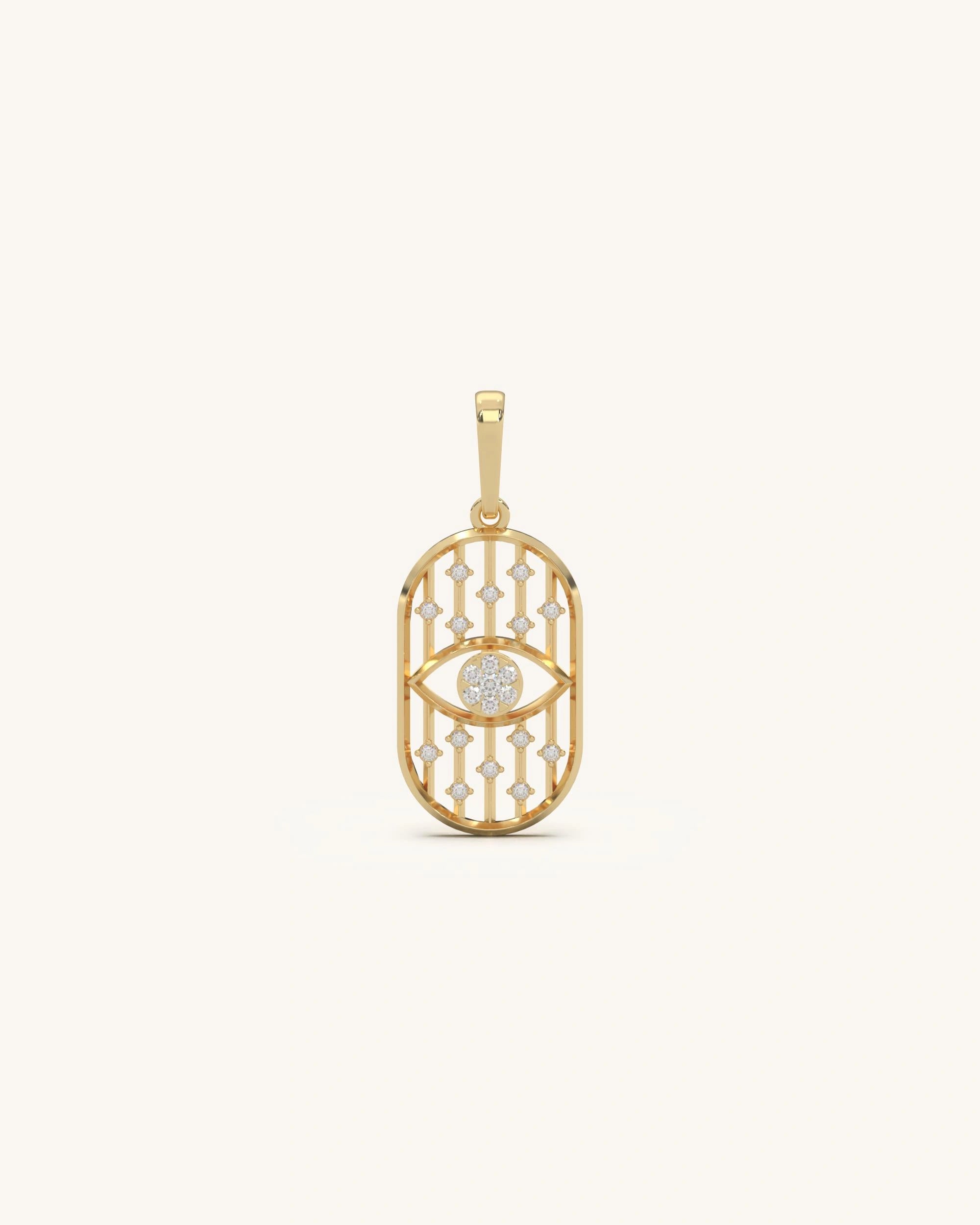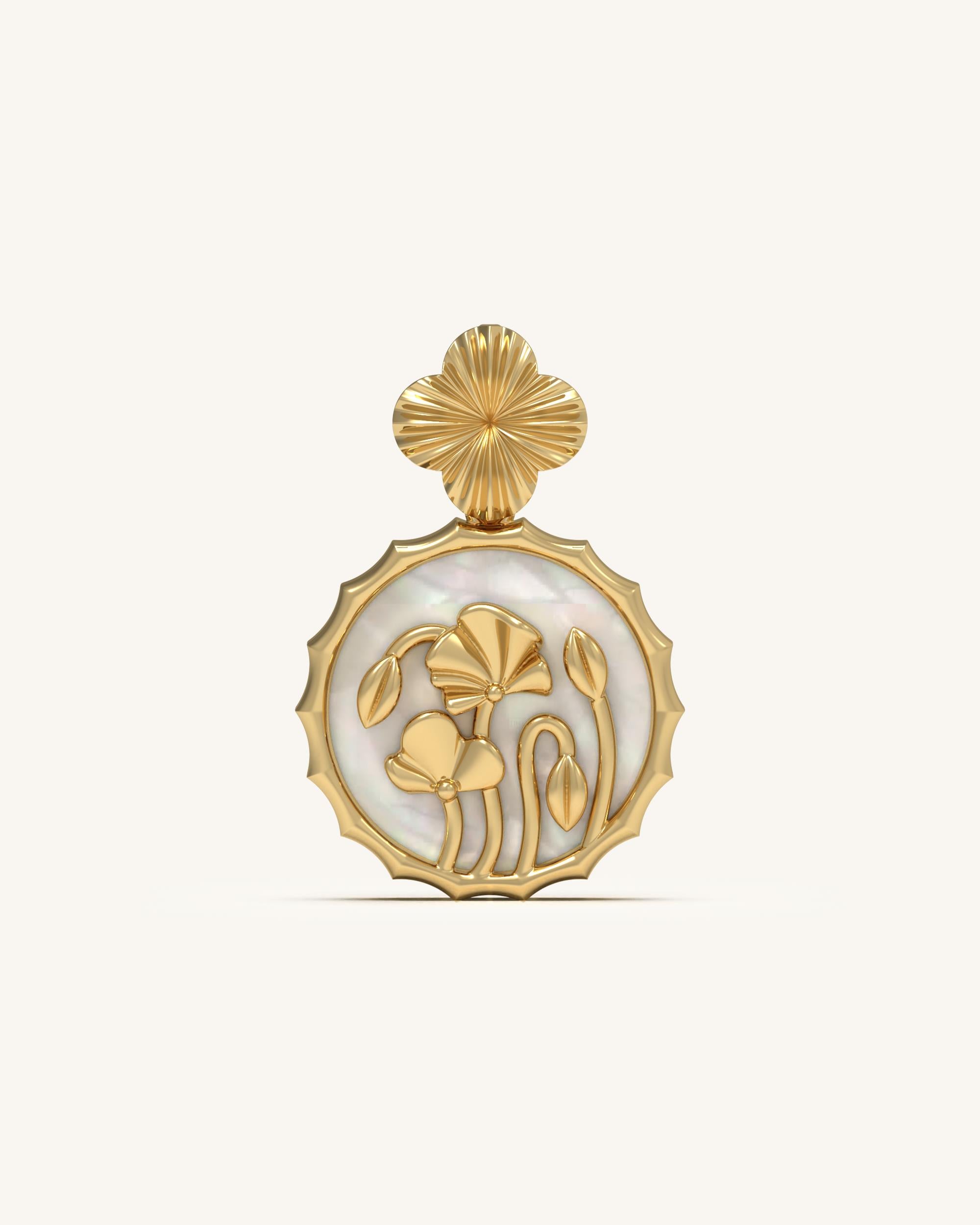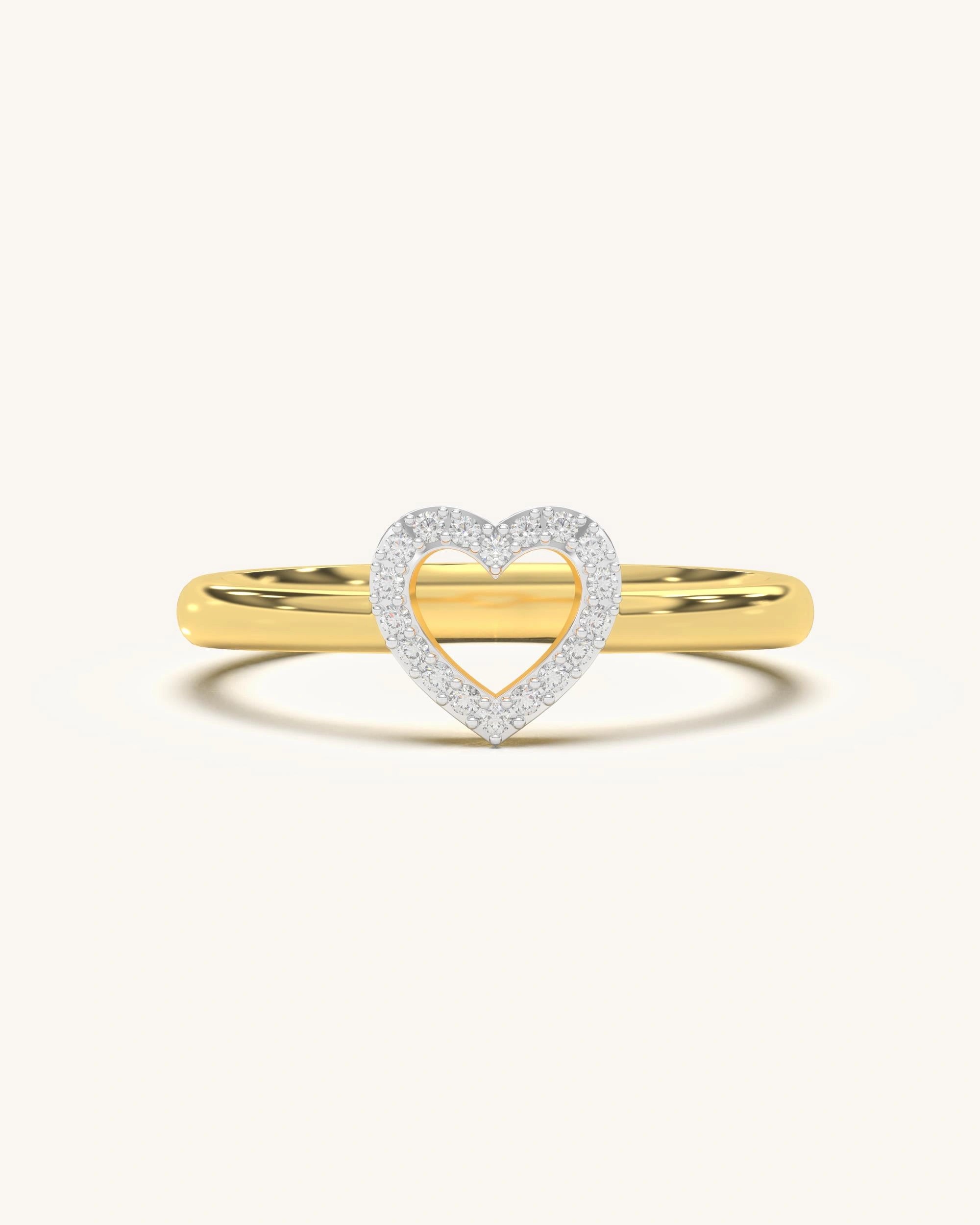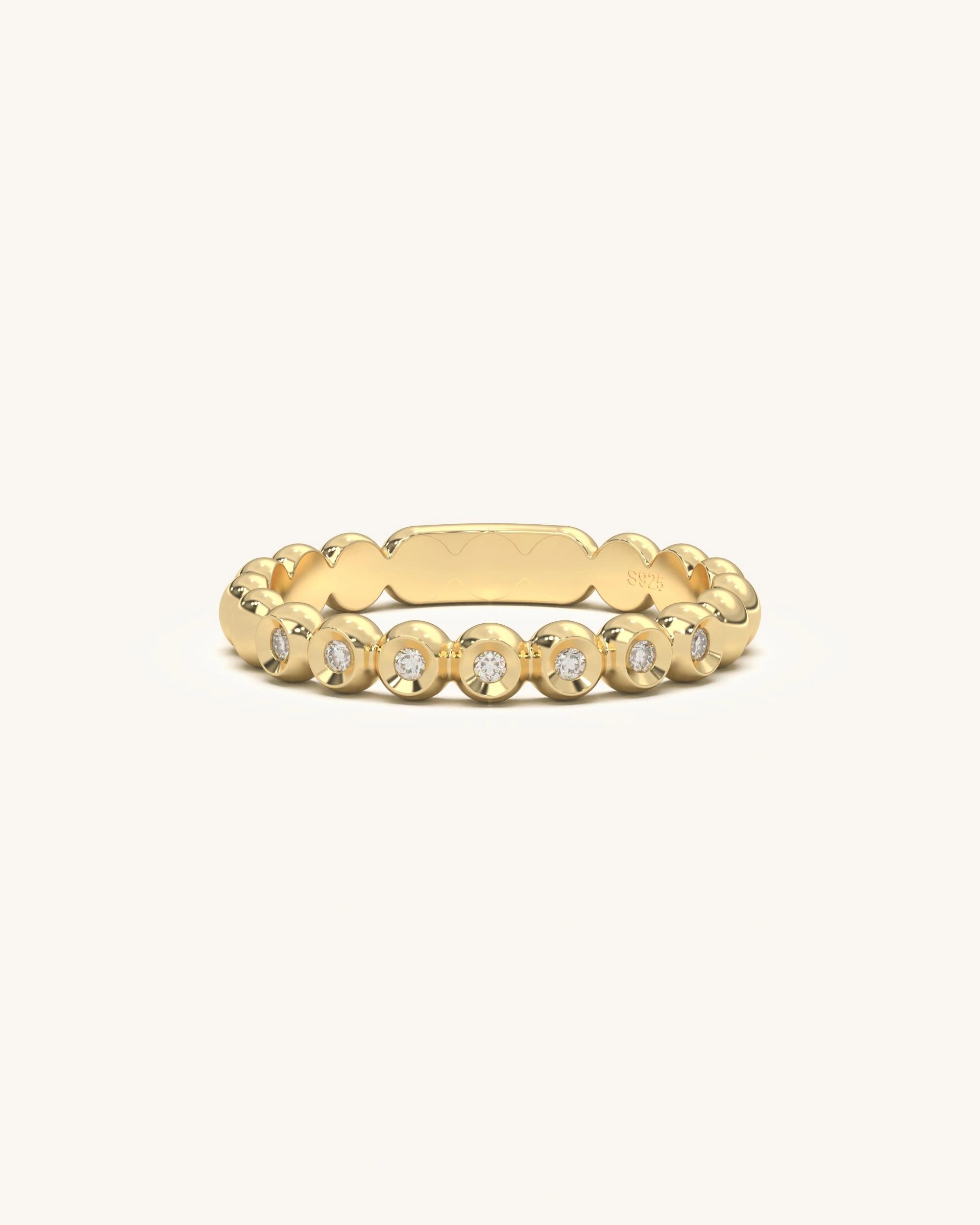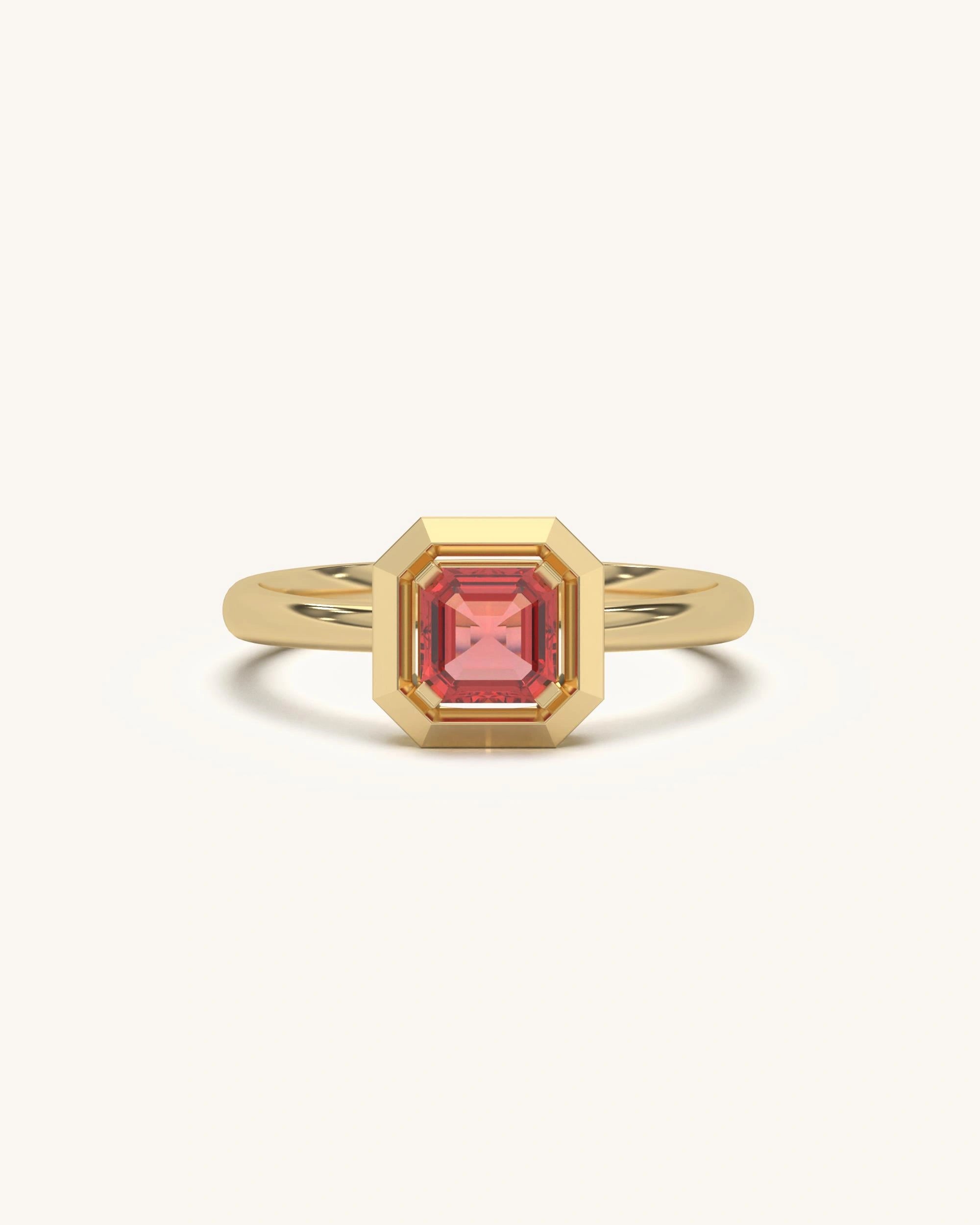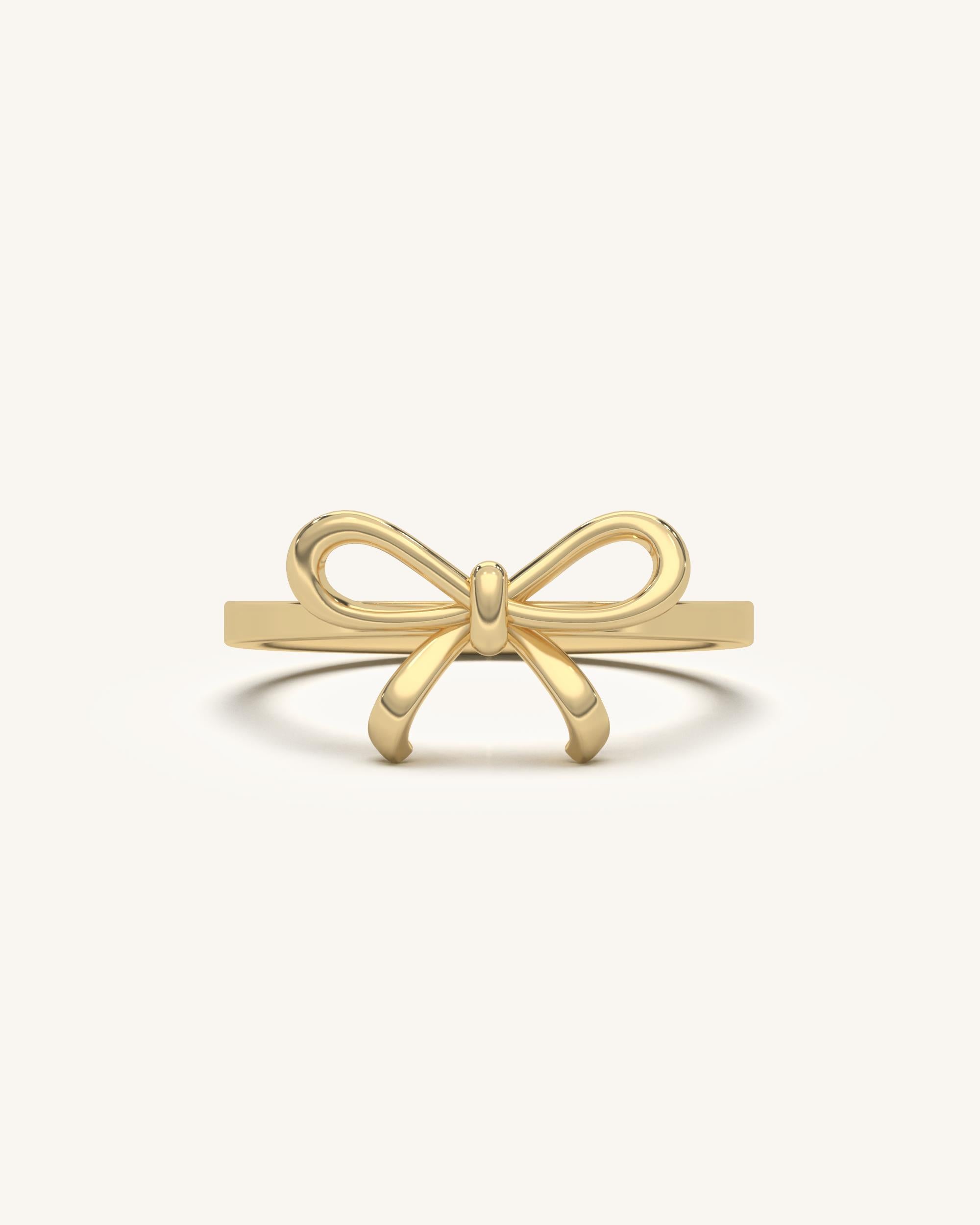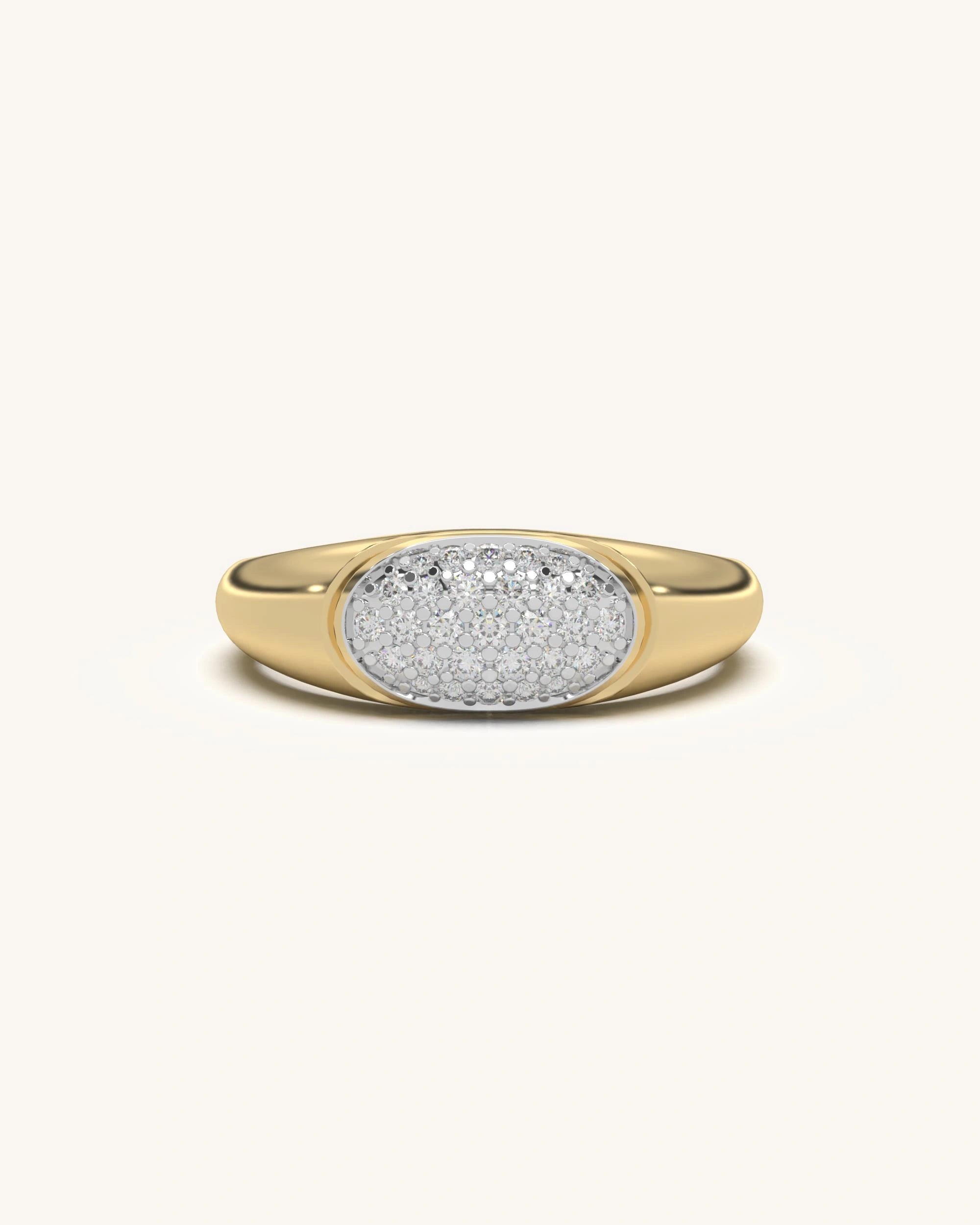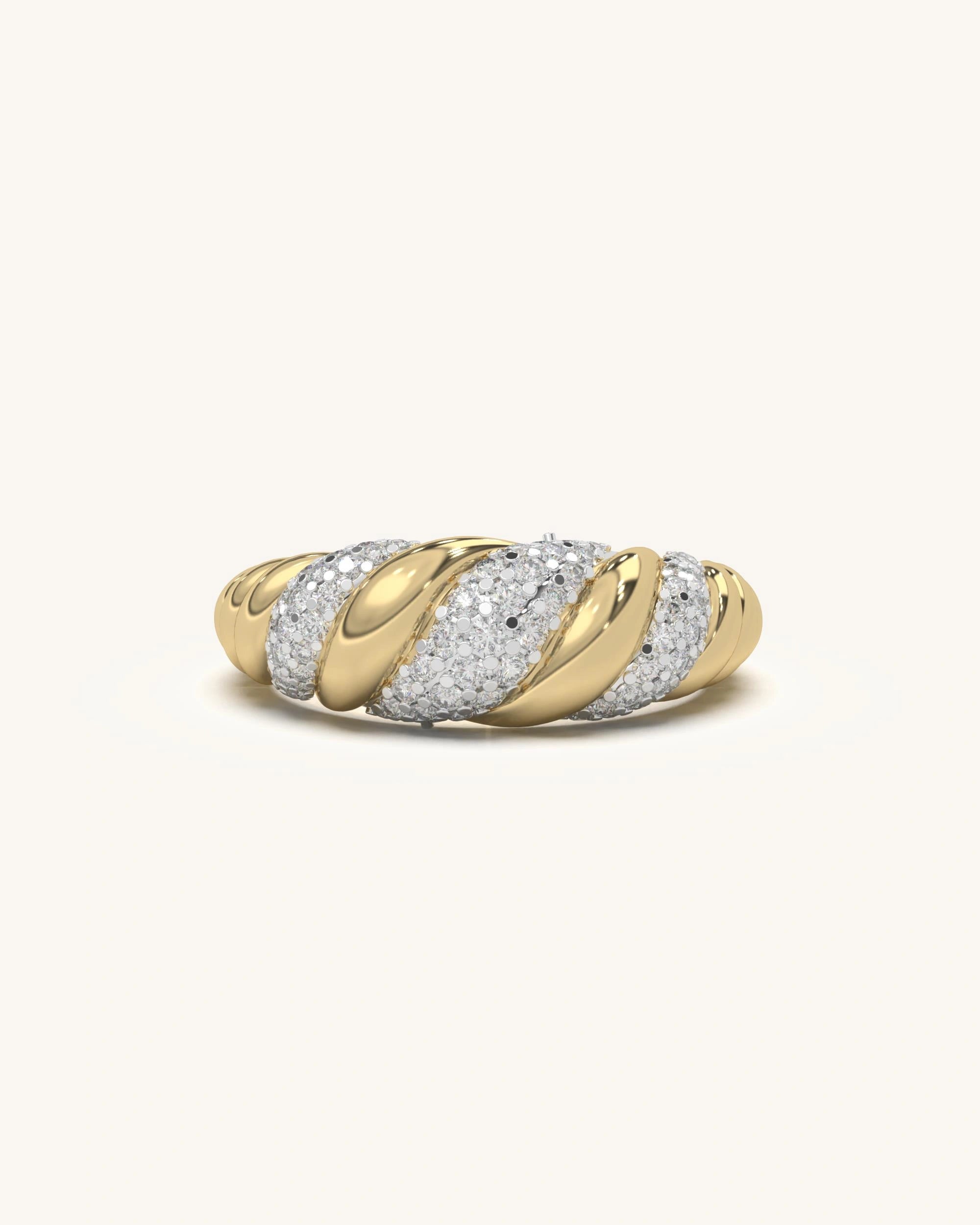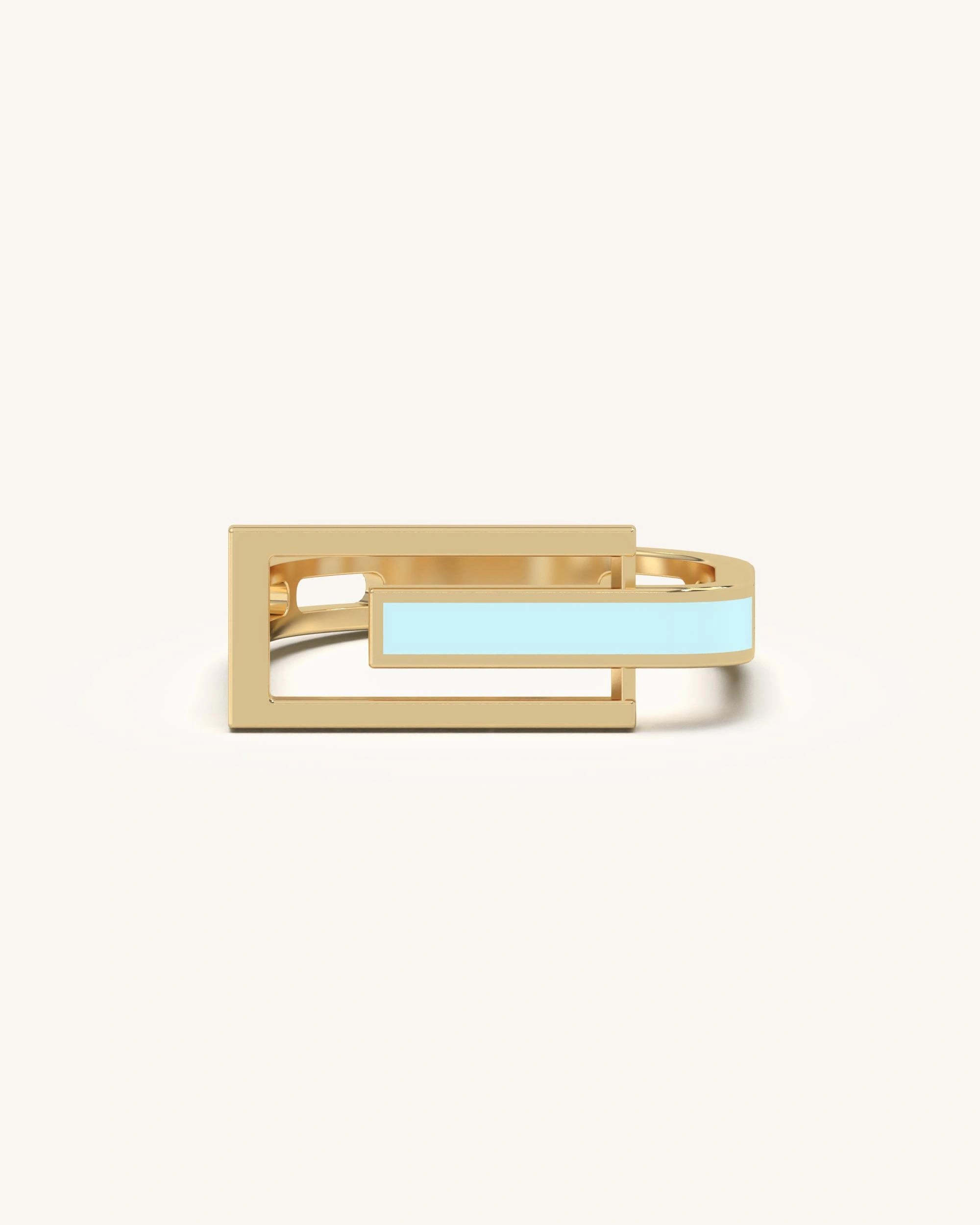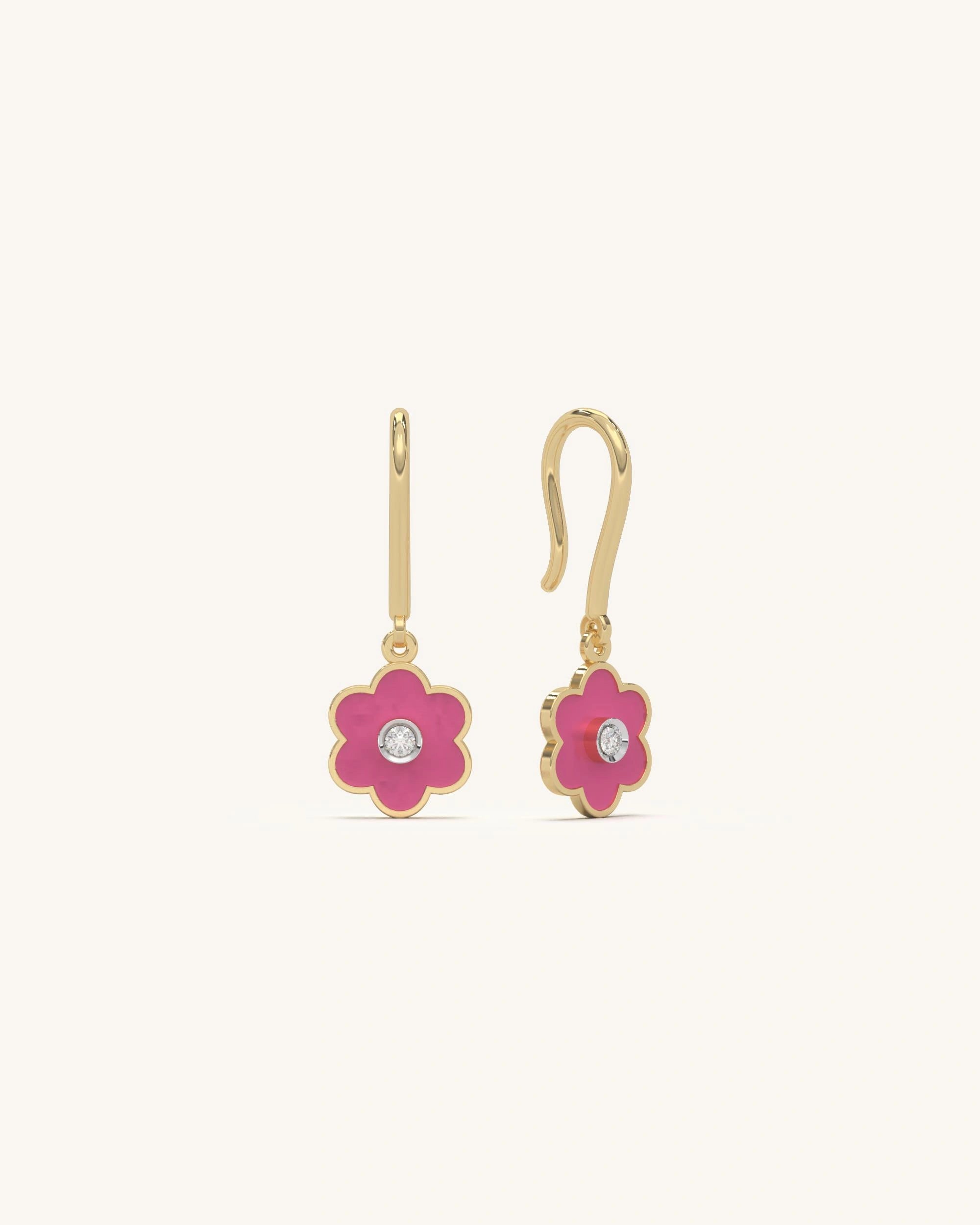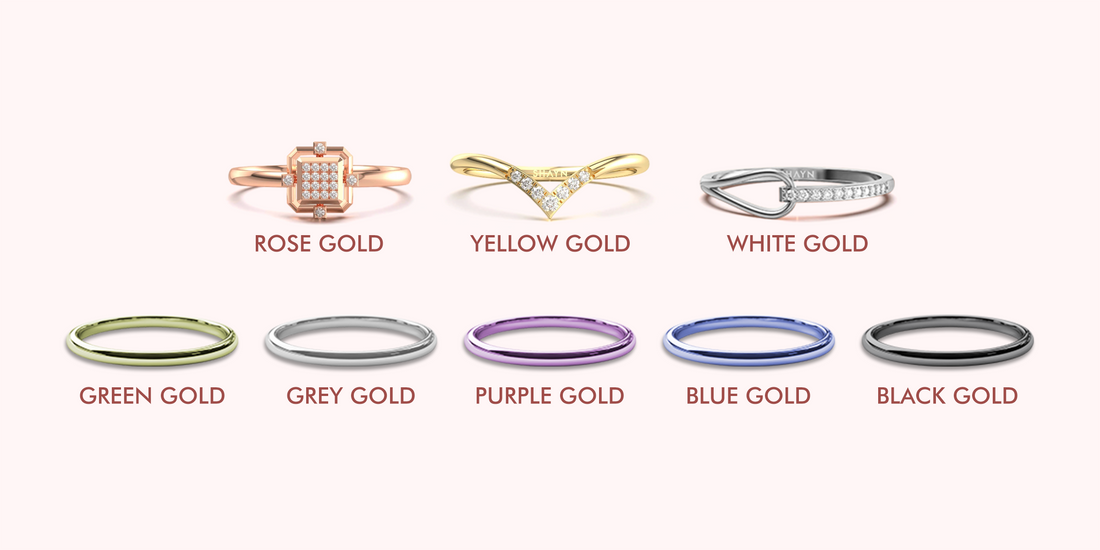
Types of Gold Karat, Colour, Purity, Plating and Jewellery
Share
Gold is a precious metal cherished for its beauty, rarity, and value for thousands of years. Used in coins, artefacts, and especially jewellery, gold has symbolised wealth and elegance across civilisations.
Brief History and Origin
Gold was first mined over 6,000 years ago in Mesopotamia and Egypt. These early cultures crafted it into intricate jewellery, religious idols, and royal ornaments, a legacy that continues today.
Pure vs. Alloyed Gold
Pure gold, also known as 24-karat gold, is too soft for daily wear. That’s why it’s often alloyed with metals like silver, copper, or nickel to create durable variants suitable for jewellery.
Understanding Gold Purity
Karat System
Gold purity is measured in karats (K). The higher the karat, the more gold content in the metal:
- 24K = 99.9% pure gold
- 22K = 91.6% gold
- 18K = 75% gold
- 14K = 58.3% gold
- 10K = 41.7% gold
Comparison Table: Gold Purity Levels
| Karat | Gold % | Color | Durability | Common Use |
| 24K | 99.9% | Rich Yellow | Very Soft | Coins, Investments |
| 22K | 91.6% | Bright Yellow | Moderate | Traditional Jewellery |
| 18K | 75% | Warm Yellow/White/Pink | Durable | Premium Jewellery |
| 14K | 58.3% | Light Yellow/White | High | Everyday Wear |
| 10K | 41.7% | Pale Yellow | Very High | Budget Jewellery |
by Colour
Gold isn’t just yellow.
Let’s explore the colourful types:
Yellow Gold
- Appearance: Classic, rich golden hue.
- Composition: Pure gold mixed with silver and copper.
- Purity: Common in 22K, 18K, and 14K forms.
- Pros: Traditional, hypoallergenic (higher purity).
- Uses: Common in classic and vintage-style jewellery.
White Gold
- Appearance: Silvery-white, similar to platinum.
- Composition: Gold alloyed with metals like palladium, nickel, or manganese.
- Often Rhodium-Plated: For extra shine and durability.
- Pros: Modern look, complements diamonds well.
- Cons: May require rhodium replating over time.
Rose Gold (Pink/Red Gold)
- Appearance: Pinkish or reddish tint.
- Composition: Gold alloyed with copper (more copper = redder tone).
- Pros: Romantic, vintage appeal.
- Cons: Can cause allergic reactions in people sensitive to copper.
Green Gold (Electrum)
- Appearance: Pale greenish-yellow.
- Composition: Gold alloyed with silver and sometimes cadmium.
- Rare: Not commonly seen in modern jewellery.
- Uses: Occasionally used in unique or artistic designs.
Blue Gold
- Appearance: Steely blue tint.
- Composition: Gold alloyed with indium or gallium; sometimes heat-treated to develop the colour.
- Rare: Used for speciality pieces.
Purple Gold (Amethyst Gold)
- Appearance: Deep purple.
- Composition: Gold and aluminium intermetallic compound (brittle).
- Usage: Usually inlays or decorative accents, not for structural parts.
Black Gold
- Appearance: Glossy or matte black.
- Methods:
- Alloying with cobalt.
- Surface treatments (e.g., oxidation, laser treatment, or plating).
- Modern/Edgy: Popular in avant-garde or gothic-style jewellery.
Discover essential tips on how to buy gold jewellery wisely.
by Purity
24K Gold
- Purest form of gold (99.9% purity).
- Bright yellow colour, very soft and malleable.
- Rarely used for everyday jewellery because it scratches and bends easily.
22K Gold
- Contains about 91.6% gold and 8.4% other metals.
- Popular in many cultures, especially in Asia and the Middle East.
- Still soft but more durable than 24K, with a rich yellow hue.
18K Gold
- Made of 75% gold and 25% alloy metals.
- Commonly used in fine jewellery due to a good balance of purity and strength.
- Has a warm gold colour and is more scratch-resistant than higher karat gold.
14K Gold
- Contains about 58.3% gold with 41.7% other metals.
- Durable and affordable, widely used in countries like the US.
- Slightly paler in colour because of higher alloy content.
10K Gold
- The minimum karat that can be legally called gold in some places, like the US.
- Contains about 41.7% gold.
- Very durable and budget-friendly, but it has a noticeably lighter gold colour.
by Finishes and Textures
Gold is also categorised by its surface finish.
Matte Finish
Subtle and modern, matte-finished pendants add sophistication without too much sparkle.
High Polish Finish
Ultra-shiny and luxurious, ideal for party wear.
Hammered Finish
Textured to look artisanal, this finish adds a handcrafted touch limited-edition rings.
Satin Finish
Soft and smooth with a muted glow, popular in modern bridal wear.
Types of Gold Jewellery by Plating
Gold jewellery can be categorised by plating type, which refers to the outermost layer of gold applied over a base metal or another type of gold. The type of plating affects the jewellery’s appearance, durability, price, and how it reacts to wear over time.
Here are the main types of gold jewellery based on plating:
Gold-Plated
- Definition: A thin layer of gold (usually less than 0.5 microns) is electroplated over a base metal (e.g., brass, copper, or stainless steel).
- Pros: Affordable, gold-like appearance.
- Cons: Wears off quickly, especially with daily use; may tarnish or cause skin irritation if the base metal is reactive.
- Durability: Low.
Gold Vermeil (Pronounced “ver-may”)
- Definition: Sterling silver base with a thick gold plating (at least 2.5 microns thick of gold, typically 10K or more).
- Pros: Higher quality than regular gold-plated; hypoallergenic due to the silver base.
- Cons: More expensive than gold-plated; plating can still wear off over time.
- Durability: Medium to high, depending on thickness and care.
Gold-Filled
- Definition: A thick layer of gold (at least 5% of total weight) mechanically bonded to a base metal (usually brass).
- Pros: Much more durable than gold-plated; can last many years without tarnishing.
- Cons: Pricier than gold-plated, but still much cheaper than solid gold.
- Durability: High.
PVD Gold Coating (Physical Vapour Deposition)
- Definition: A modern technique where gold is vaporised and deposited in a thin but extremely hard layer over the base.
- Pros: Very durable, scratch-resistant, and environmentally friendly.
- Cons: More expensive than electroplated; fewer options in mainstream jewellery.
- Durability: Very high.
Micron Gold
- Definition: Gold plating measured in microns (1 micron = 0.001 mm). Usually 1–3 microns thick. Often used in vermeil or higher-end costume jewellery.
- Pros: More durable than flash plating; retains colour longer.
- Cons: Cost increases with thickness.
- Durability: Medium to high (depends on thickness).
Flash Gold
- Definition: A very thin layer of gold (less than 0.175 microns) applied quickly in a "flash" electroplating process.
- Pros: Very cheap; great for fashion jewellery.
- Cons: Wears off very quickly; not ideal for everyday wear.
- Durability: Very low.
Find out ways to check gold purity before making a purchase.
Choosing the Right Gold for You
Based on Skin Tone
- Warm tones: Yellow and rose gold
- Cool tones: White gold
Lifestyle and Usage
Active lifestyle? Go for 14K or 18K. Occasional use? 22K is fine.
Investment Perspective
24K is best for investment. BIS-certified investment-grade coins and bars.
Explore the benefits of wearing gold and diamonds for both style and wellness.
Conclusion
Gold is more than just a metal; it's an expression of style, culture, and value. From yellow to white, from matte to polished finishes, and from 10K to 24K, every type of gold offers something unique. Understanding these variations helps you make smarter jewellery choices, whether you're shopping for investment, fashion, or a meaningful gift.
FAQs
-
What is the best type of gold for everyday jewellery?
For daily wear, 18K or 14K gold is ideal. These gold types strike a balance between durability and aesthetic appeal. -
How can you tell if gold is real?
Look for a hallmark, a small engraved stamp indicating the karat (like 22K or 18K). BIS-hallmarked, ensuring you receive certified purity and authenticity with every piece. -
Which type of gold is most valuable?
24K gold holds the highest intrinsic value due to its 99.9% purity. However, for jewellery purposes, 22K and 18K are more practical. -
Does white gold tarnish over time?
White gold is usually rhodium-plated to give it a brilliant shine. Over time, the plating may wear off, but it can be replated easily. -
Is rose gold more expensive than yellow or white gold?
The price difference between rose, yellow, and white gold typically depends on alloy content and craftsmanship rather than colour. -
Can you buy customised gold jewellery?
Absolutely! Custom design services, allowing you to choose the gold type (yellow, rose, white), karat level, gemstones, and design style, creating truly personalised pieces. -
Is 916 gold 22K or 24K?
916 gold is 22K gold (91.6% pure). -
Which type of gold is best?
Depends on use: 24K for purity, 22K (916) for jewellery, 18K for durability and style for everyday. -
Which is better, 18K or 916 gold?
916 gold (22K) is better for traditional jewellery, 18K is better for durability and modern designs. -
Which gold is 100% pure?
24K gold is 99.9% pure, considered 100% pure in practice.







